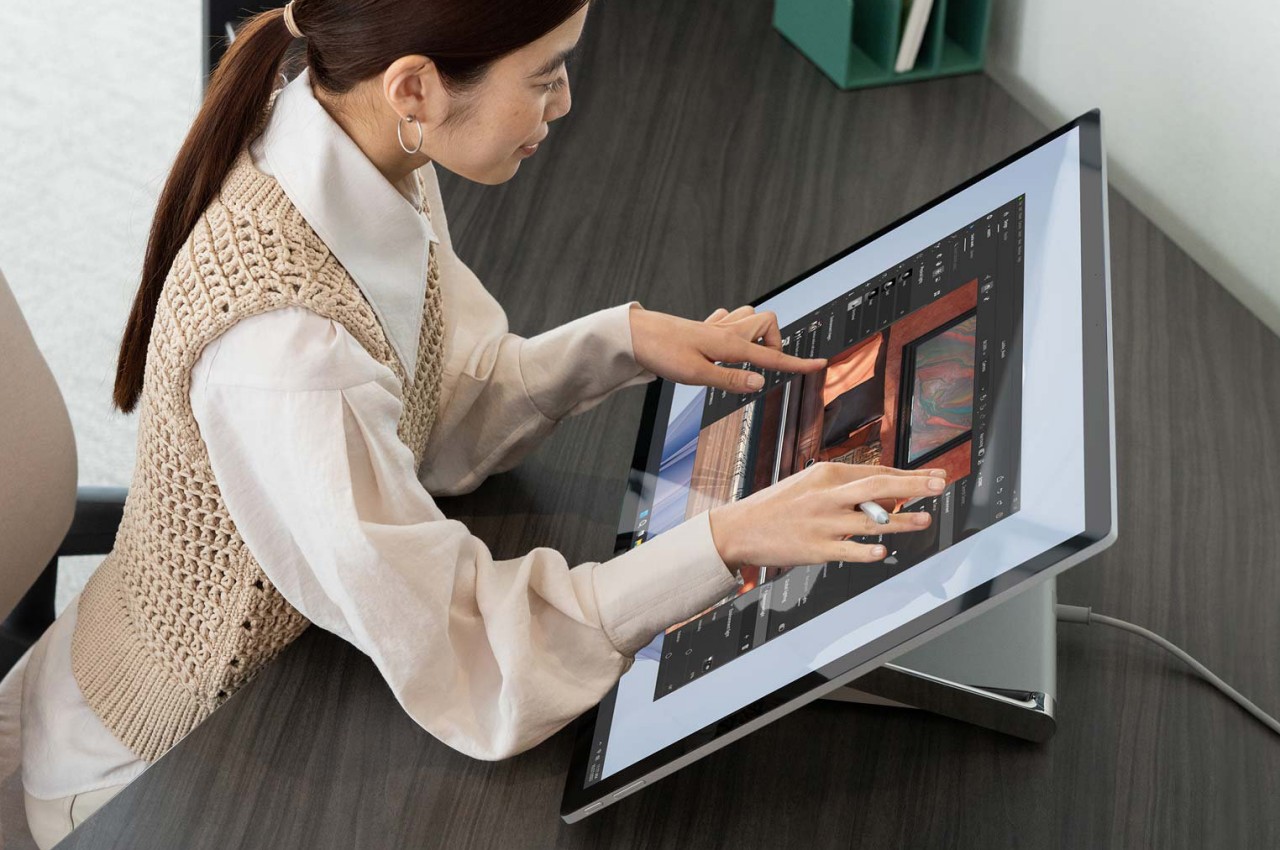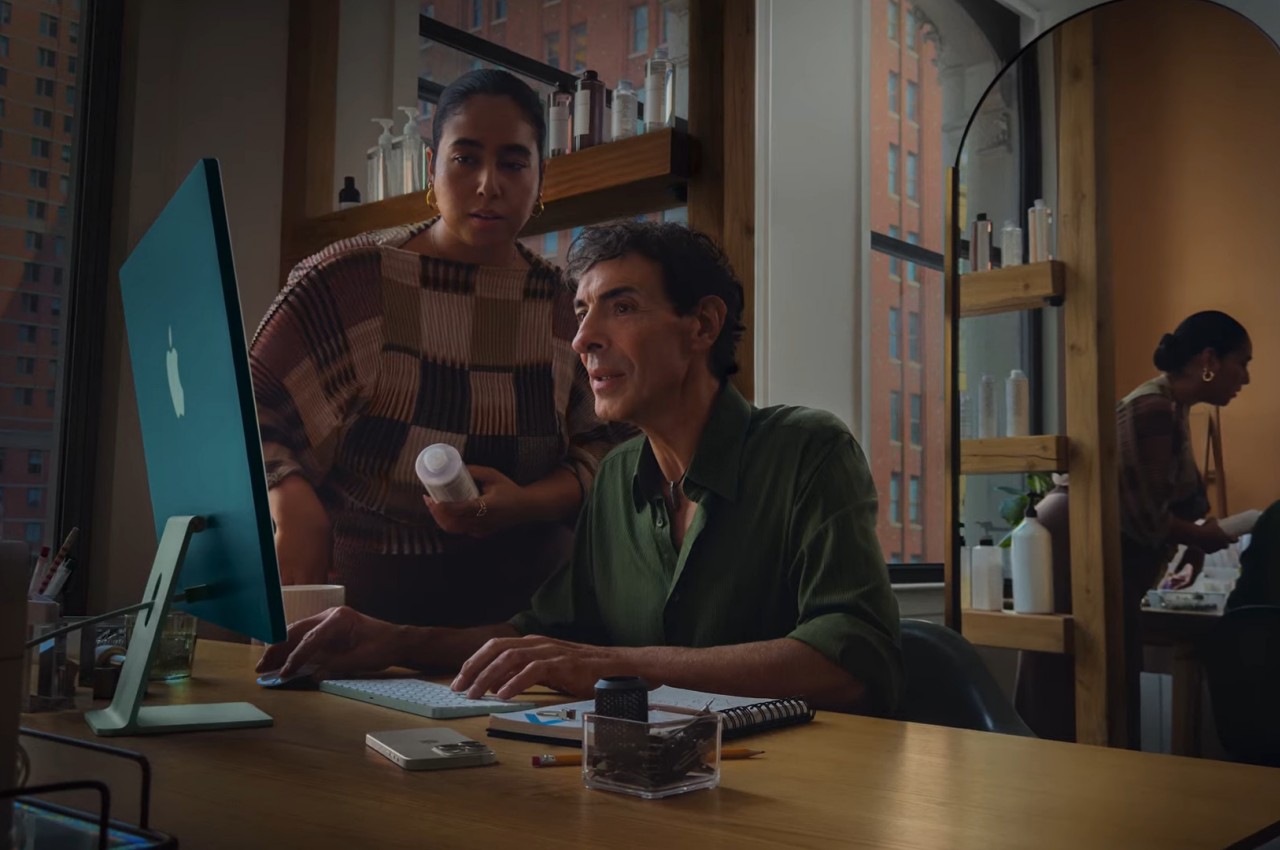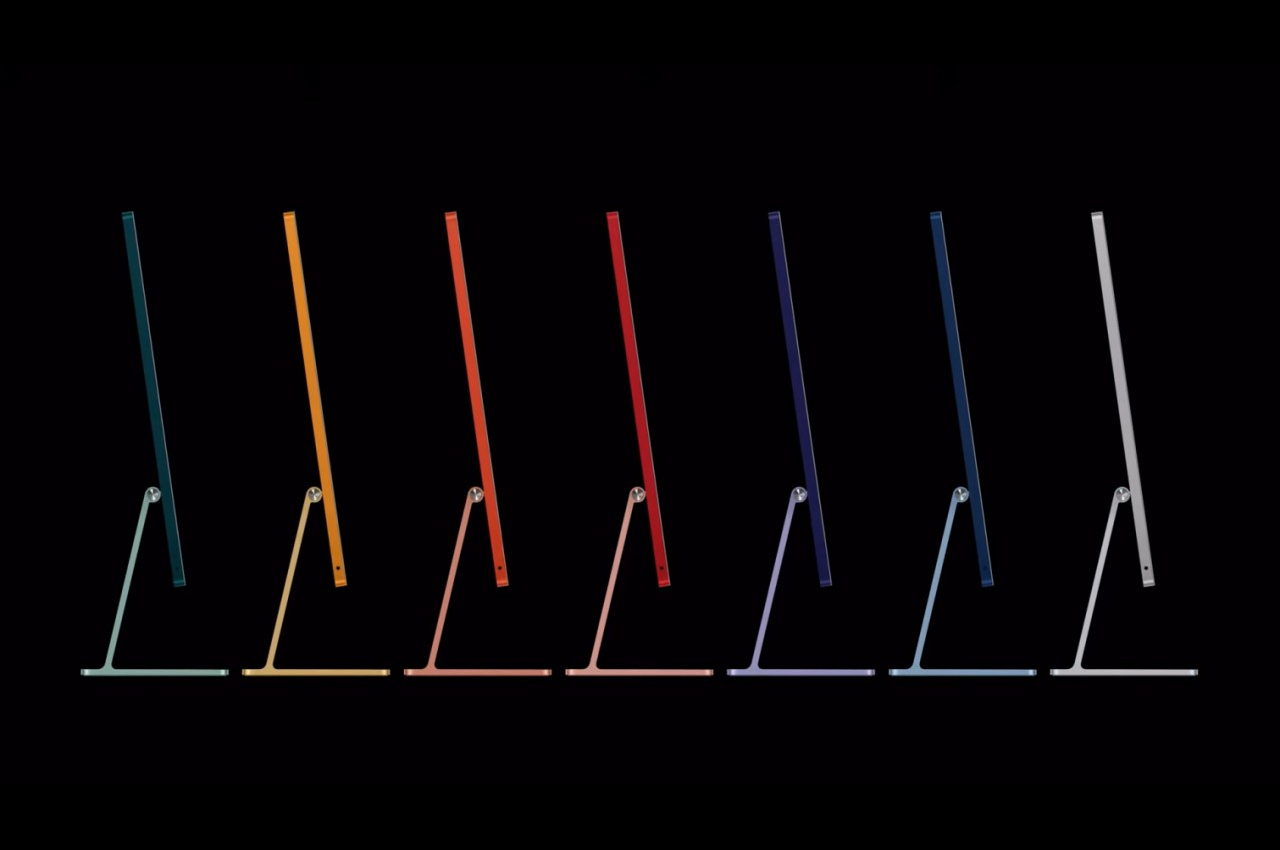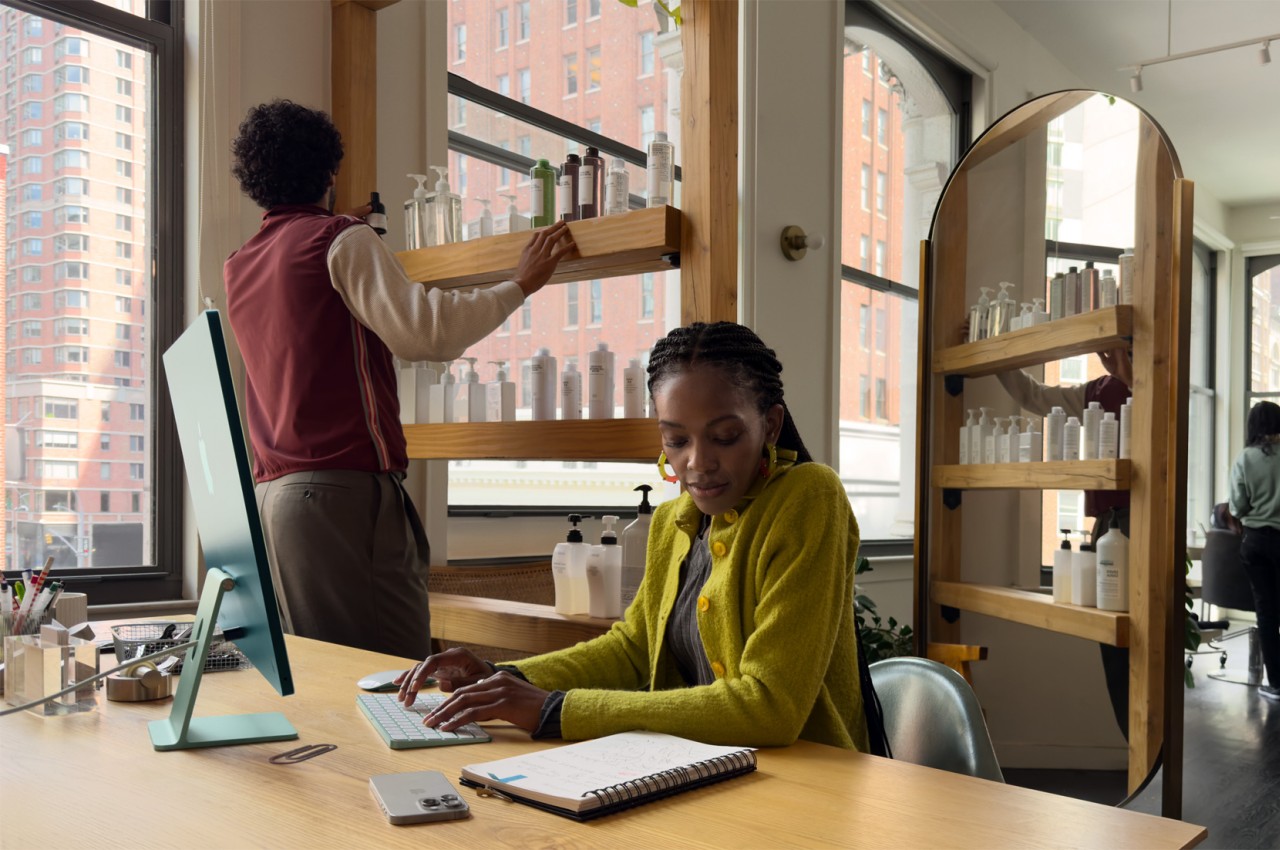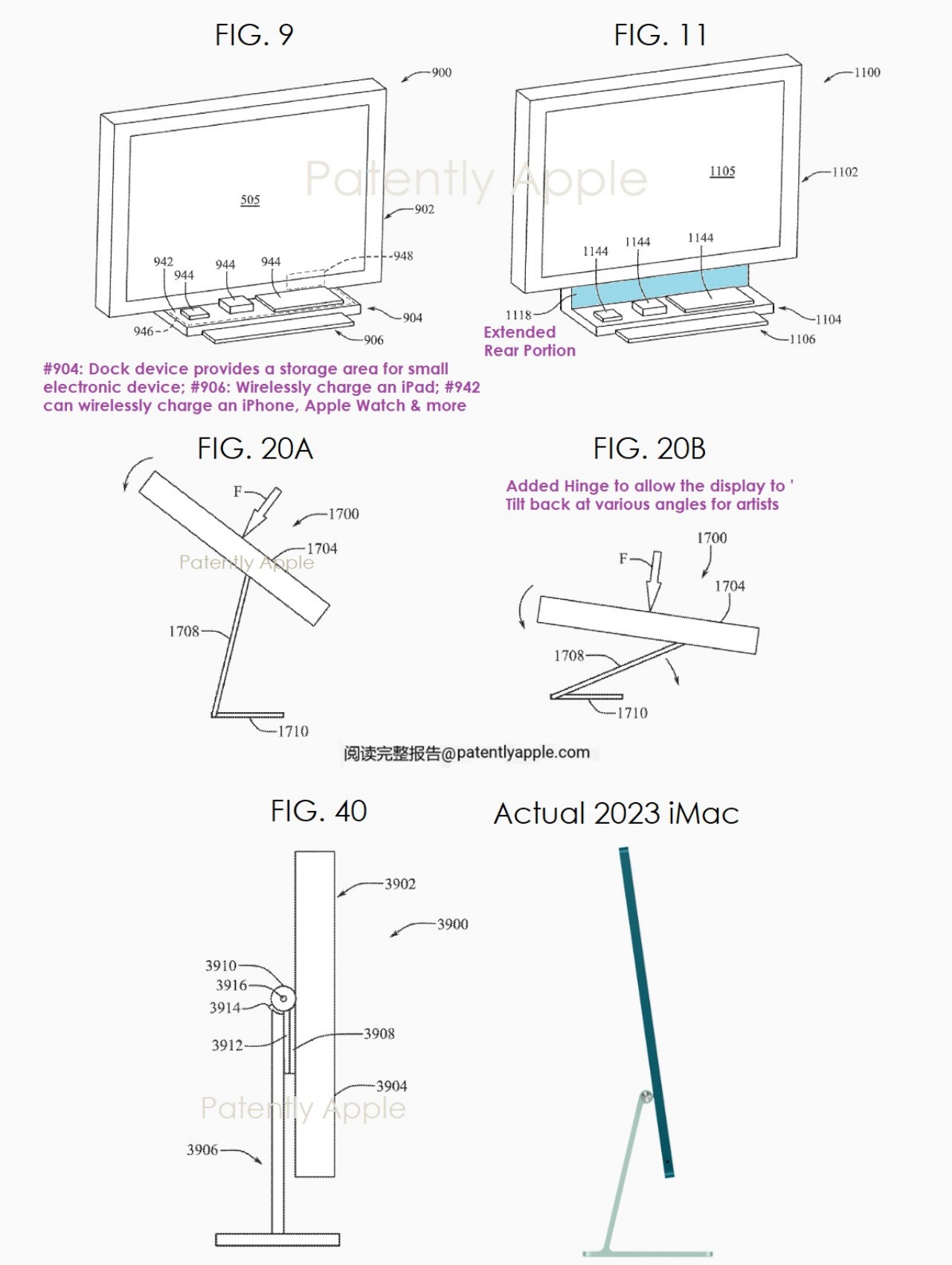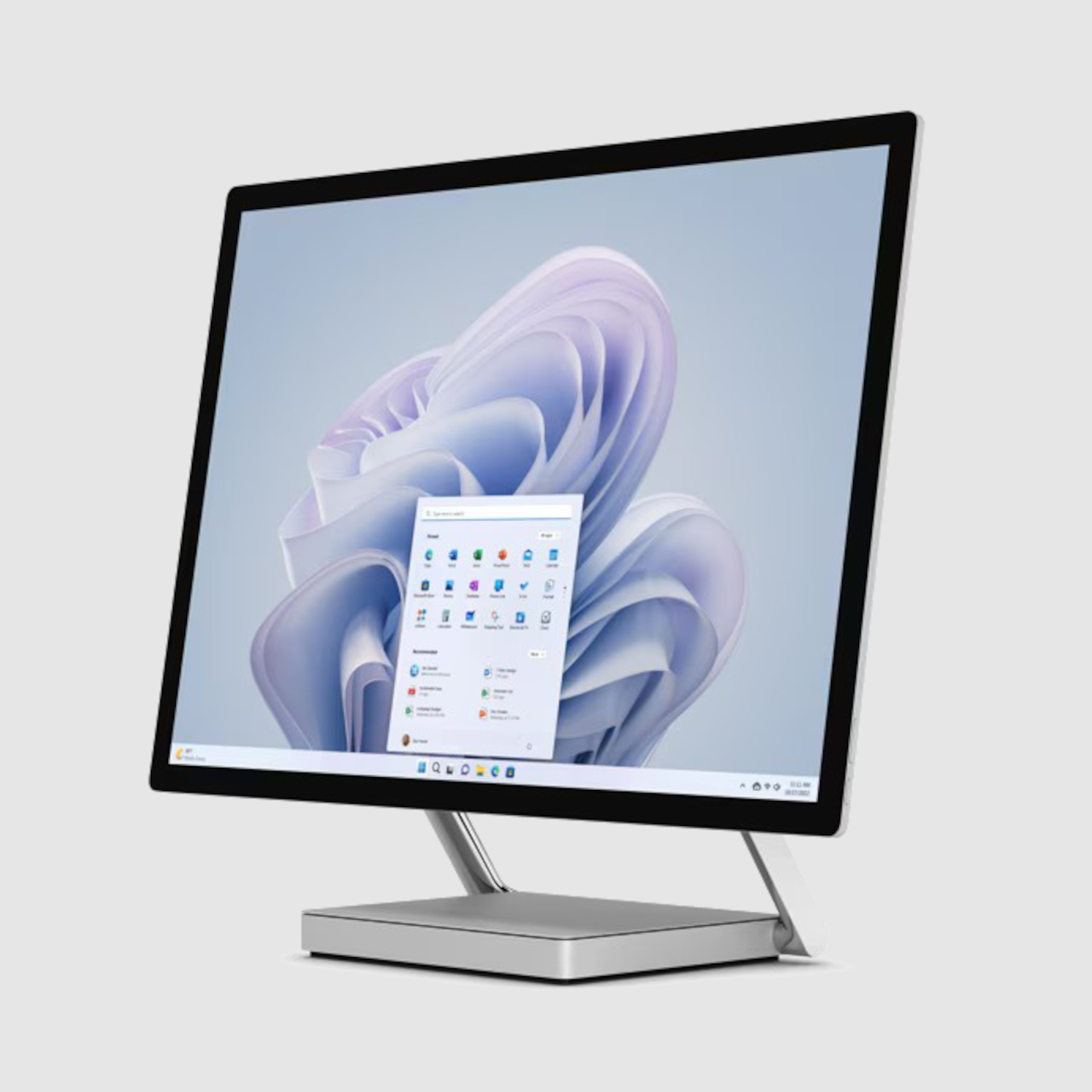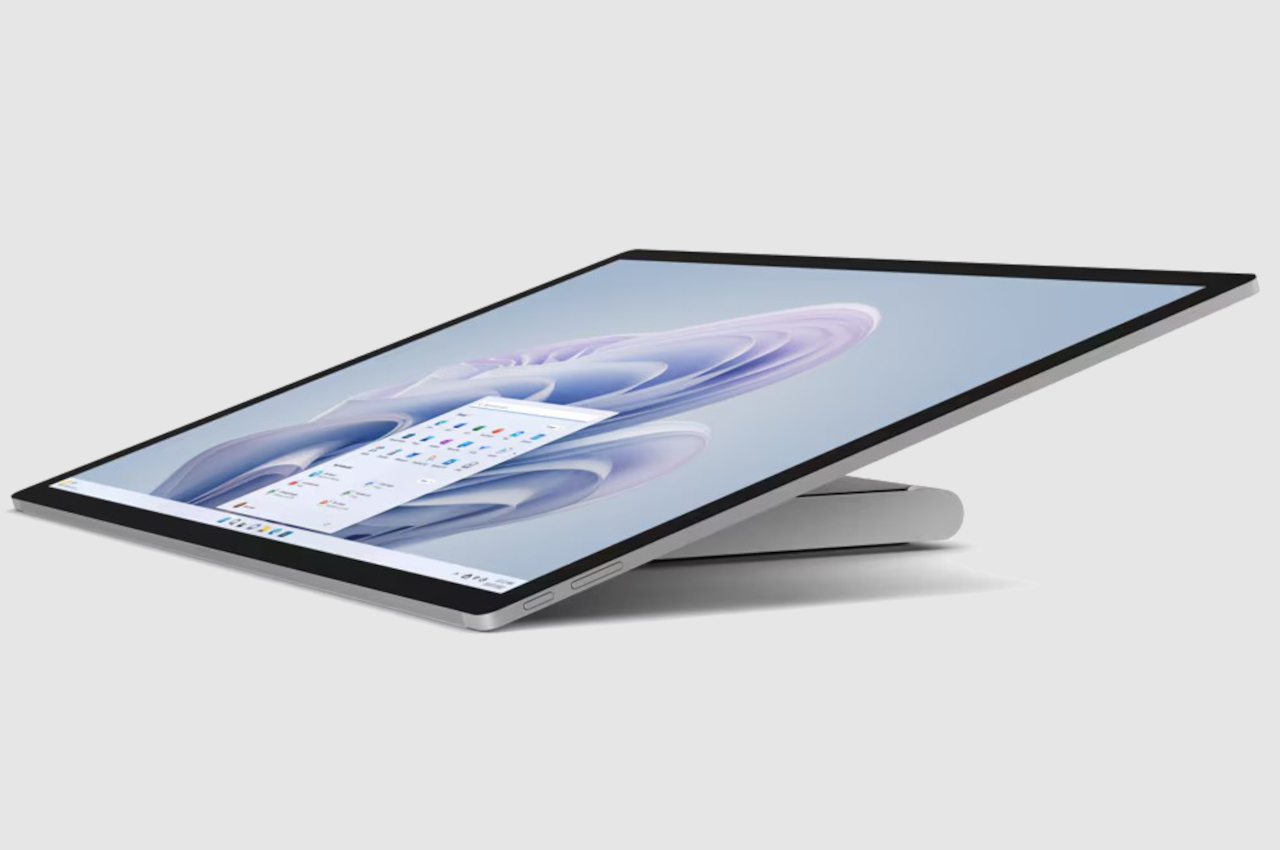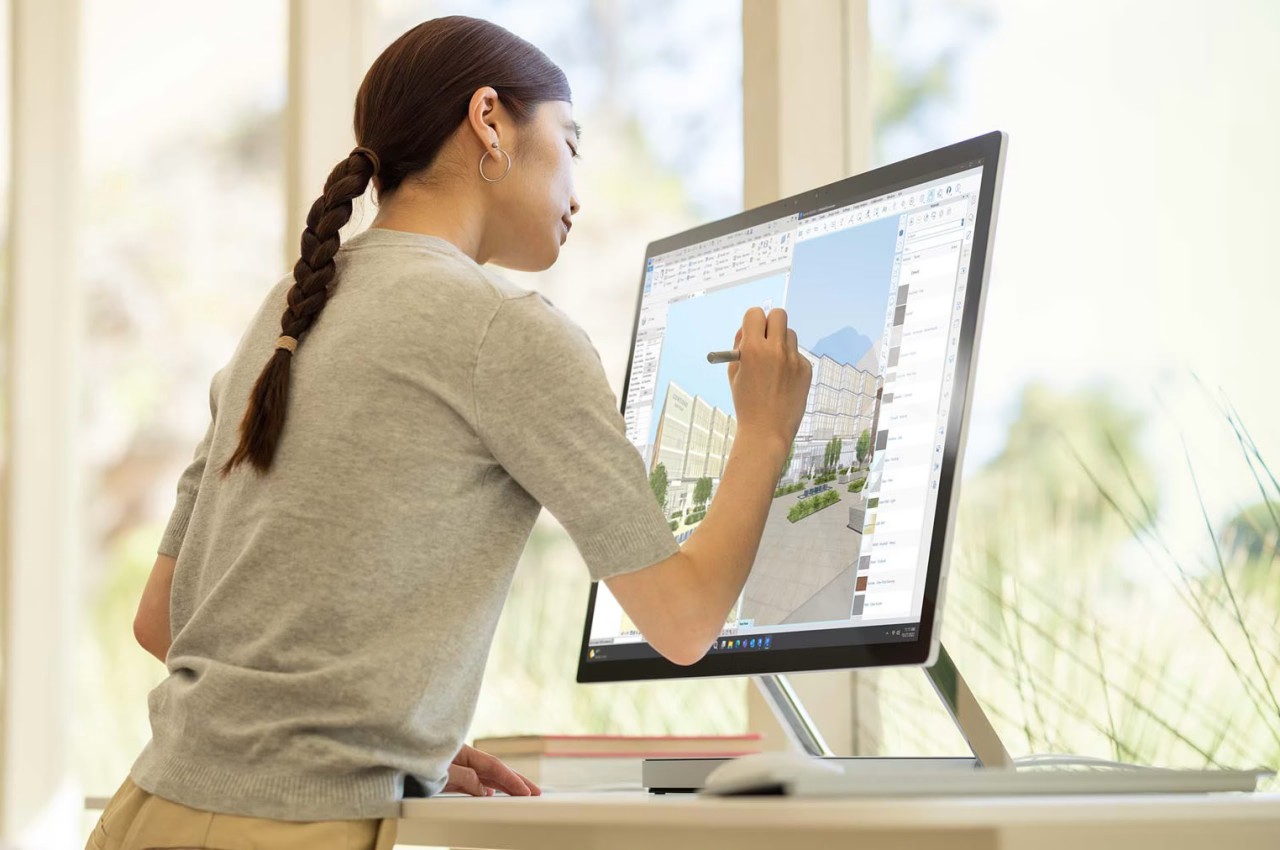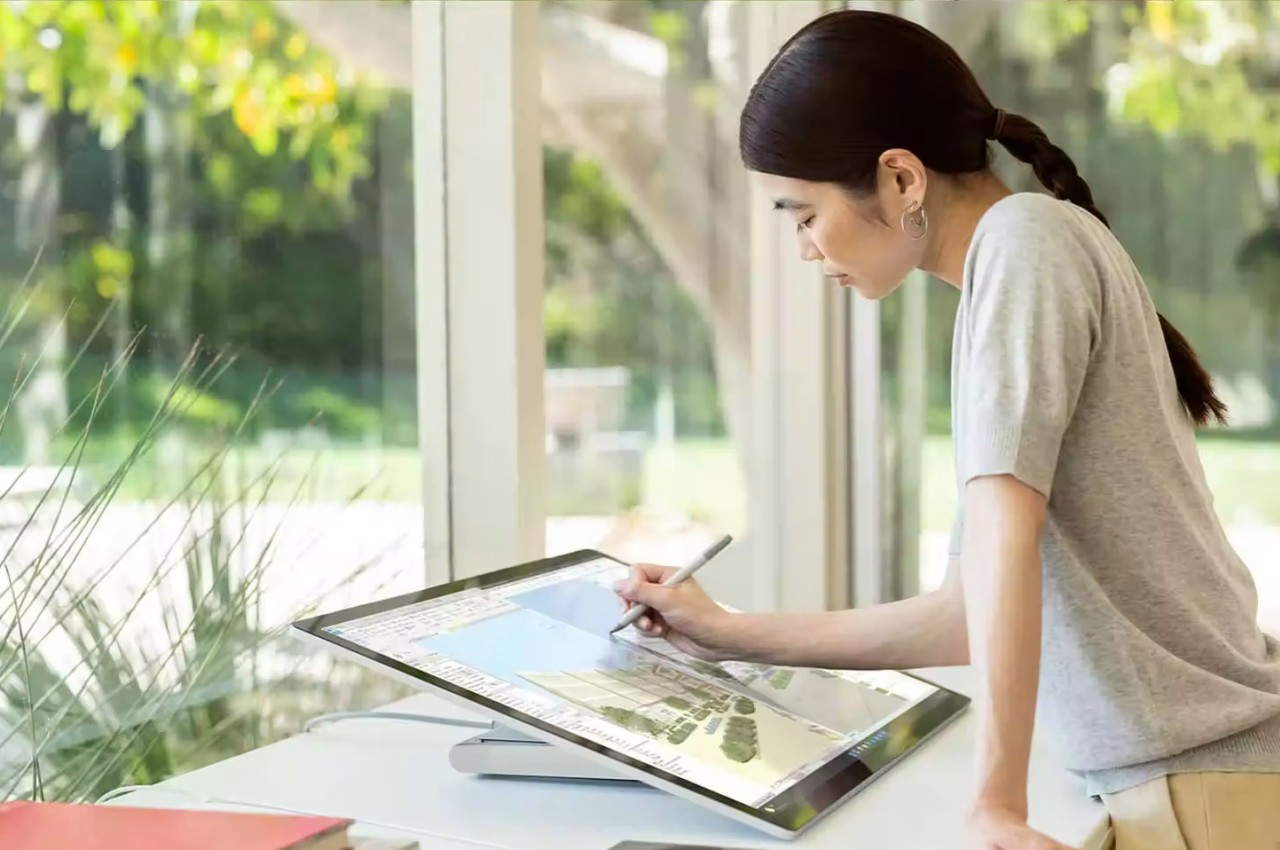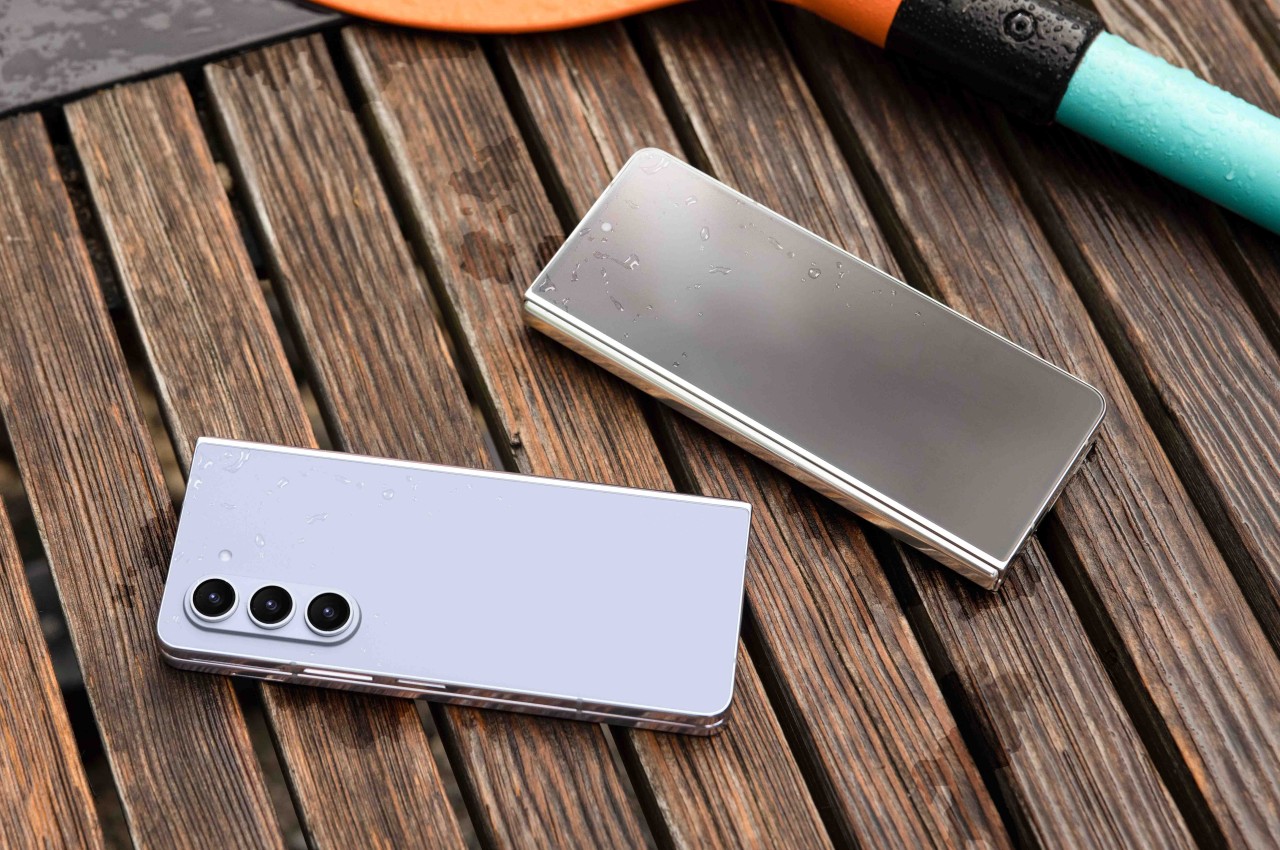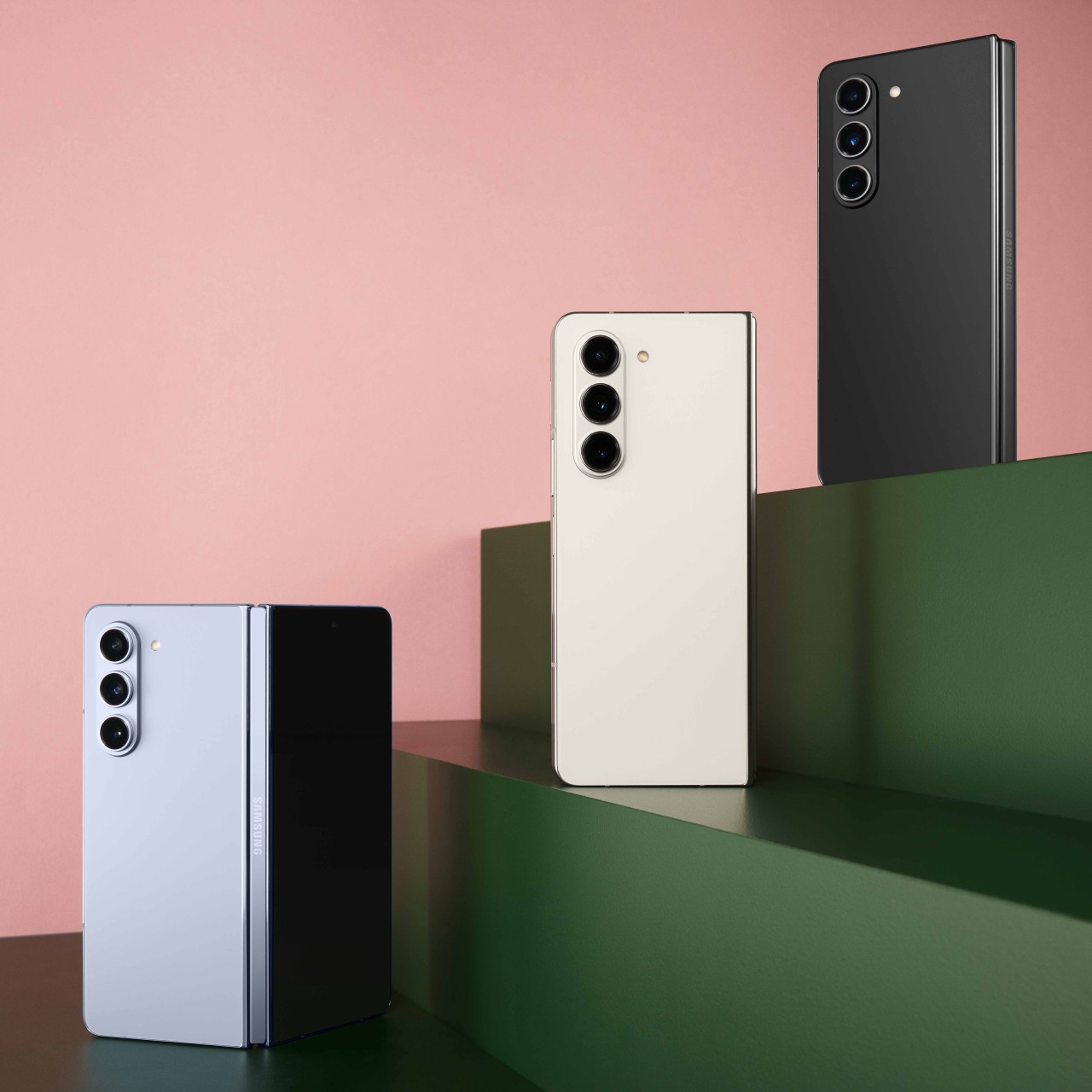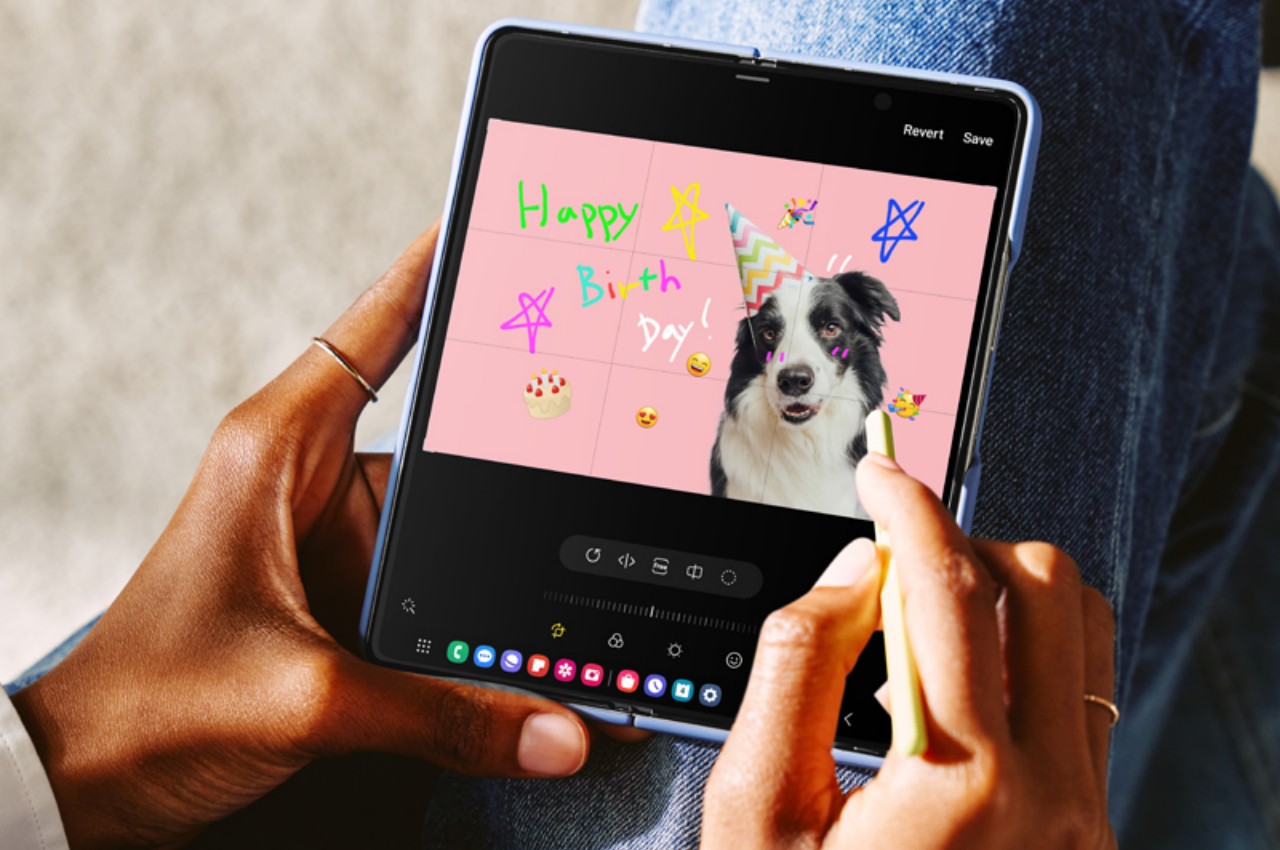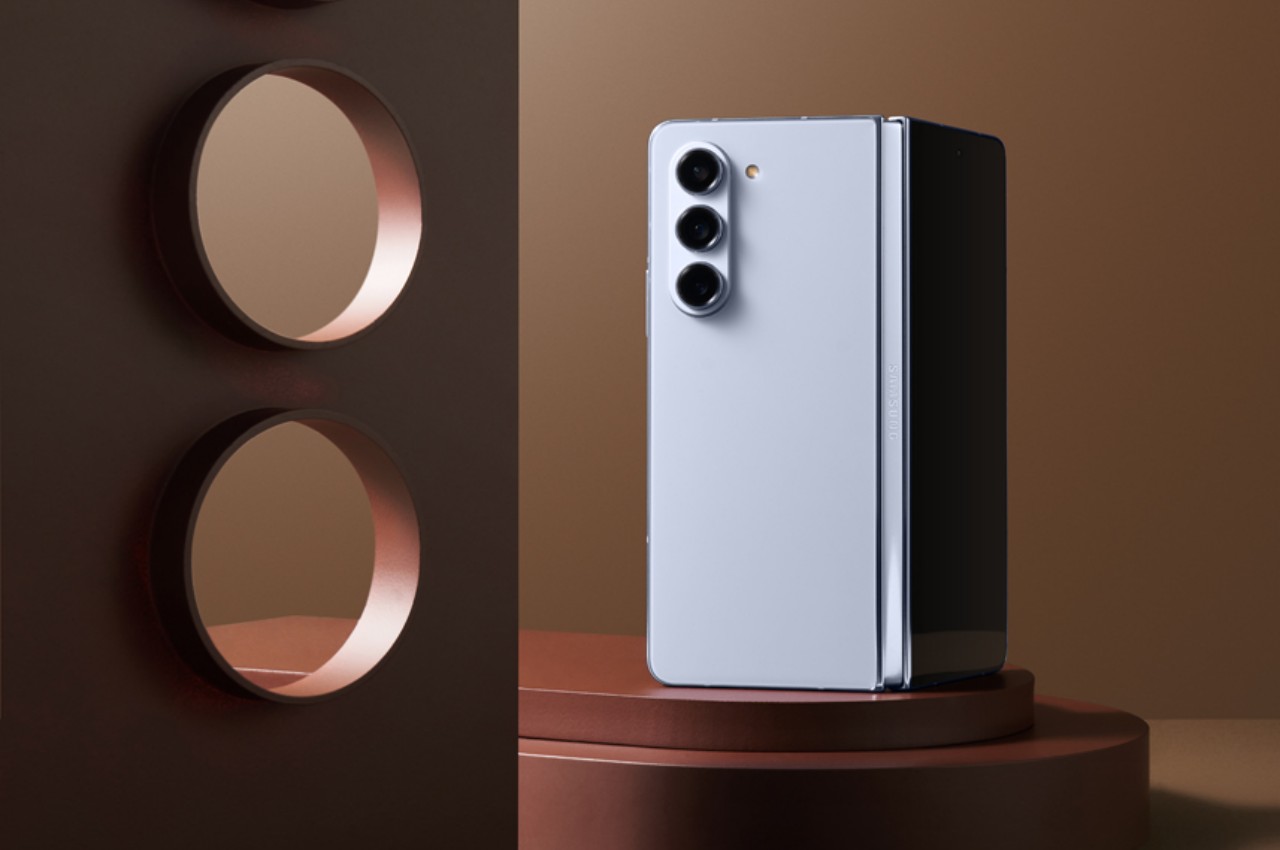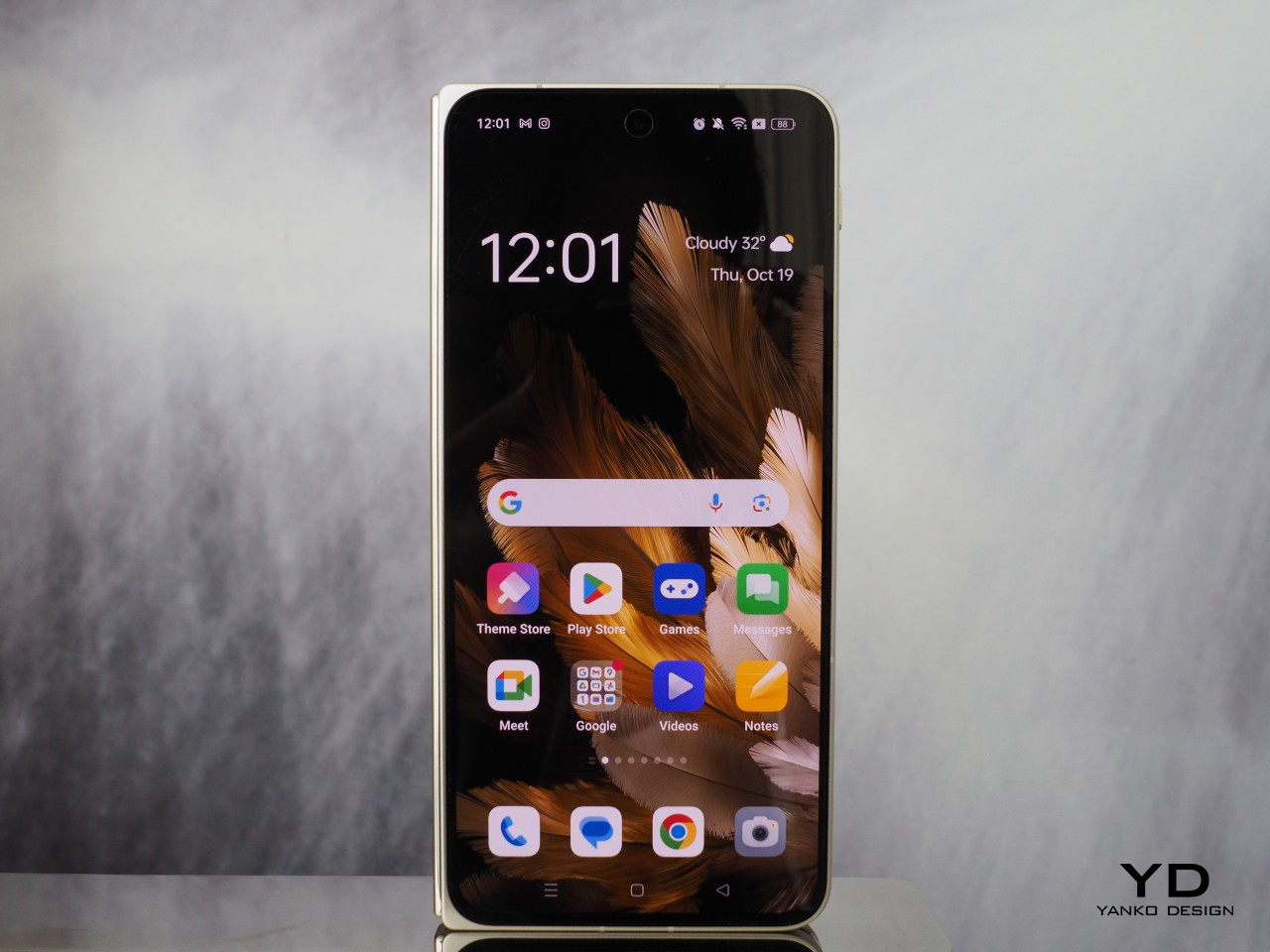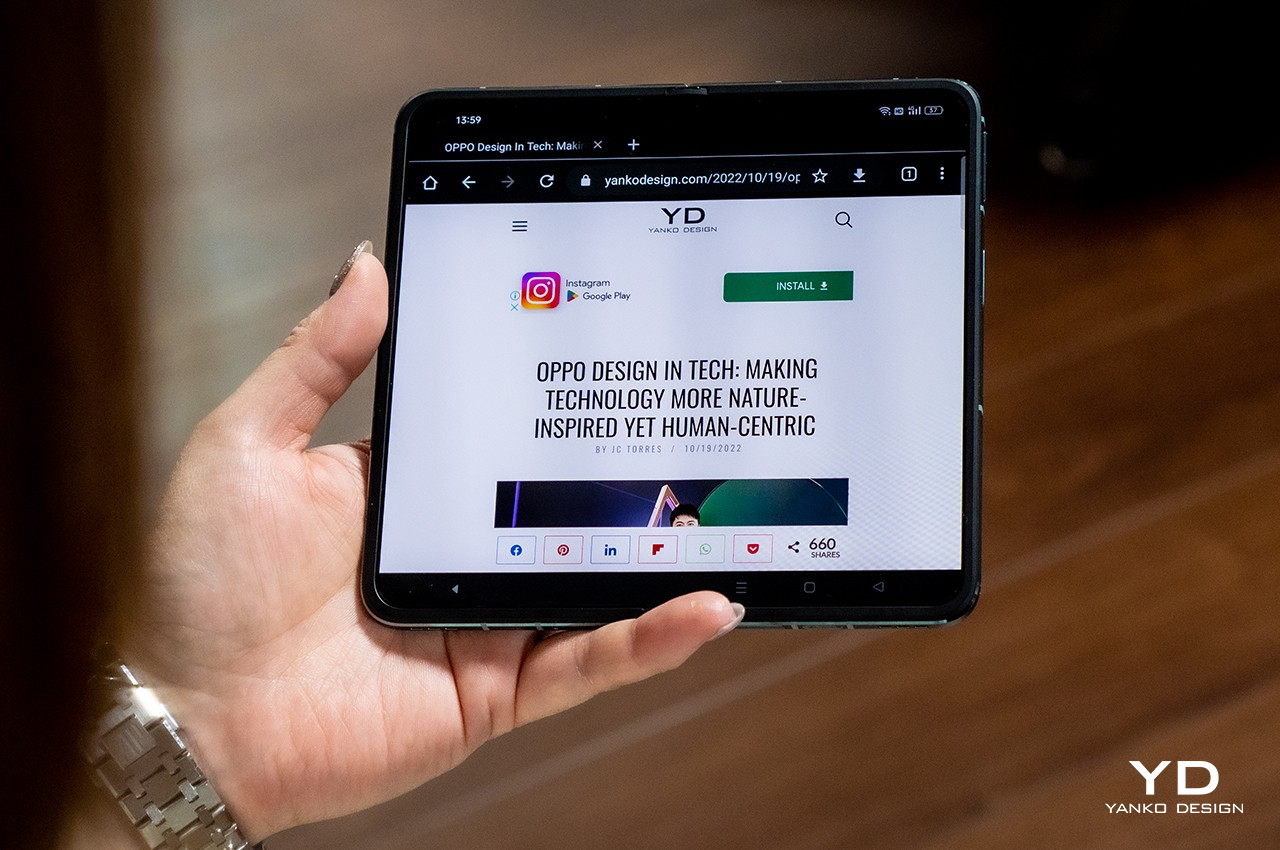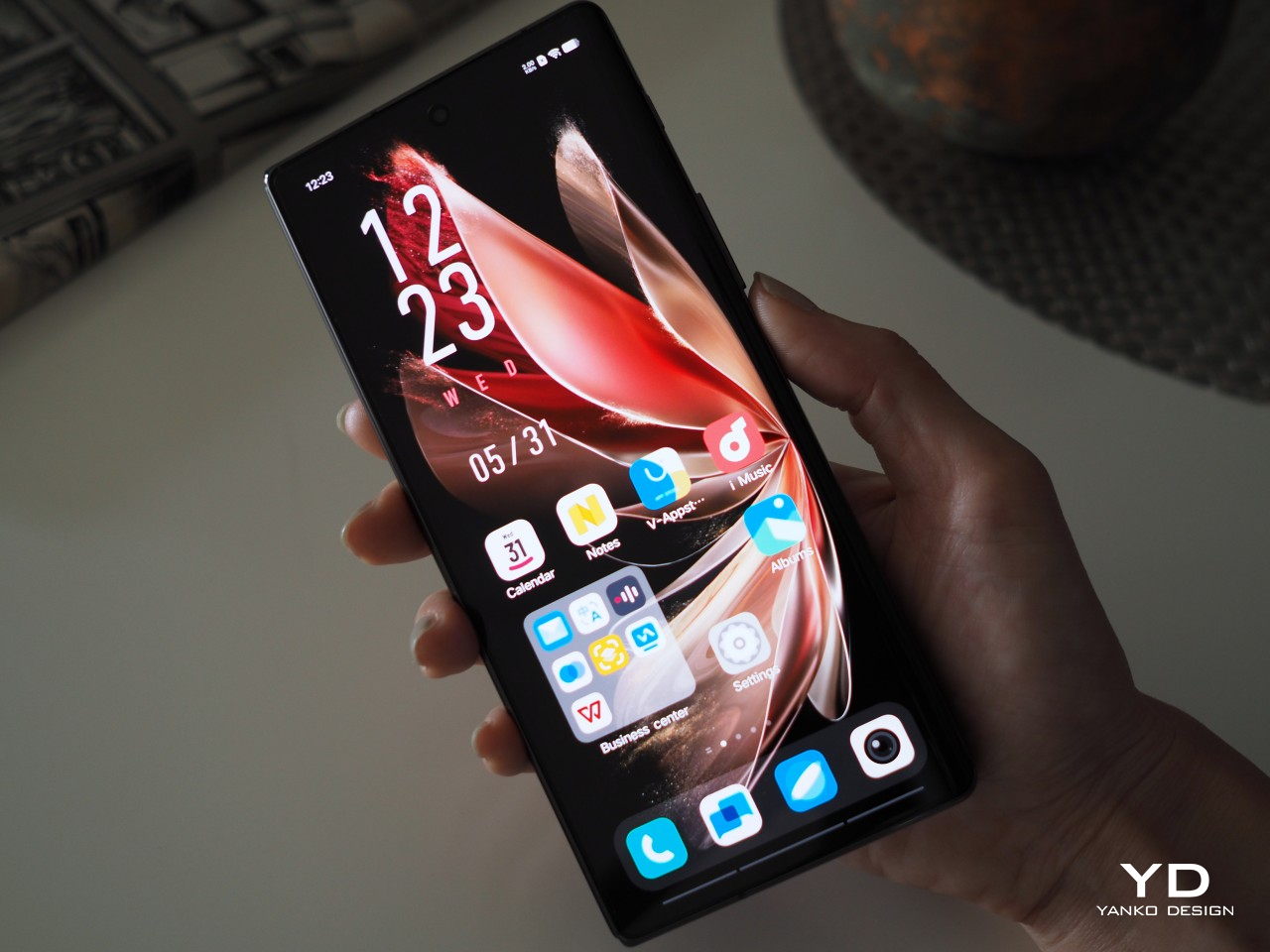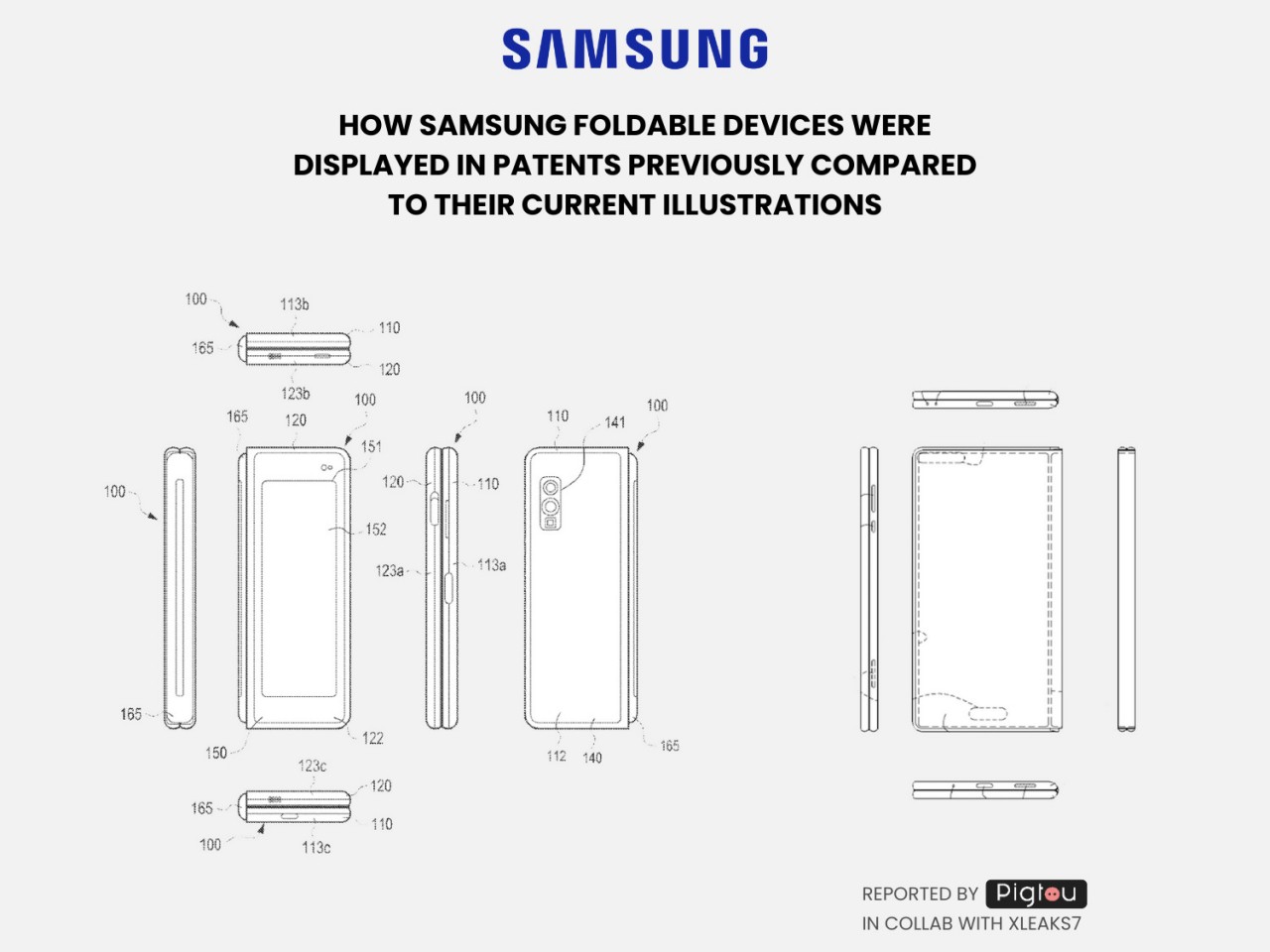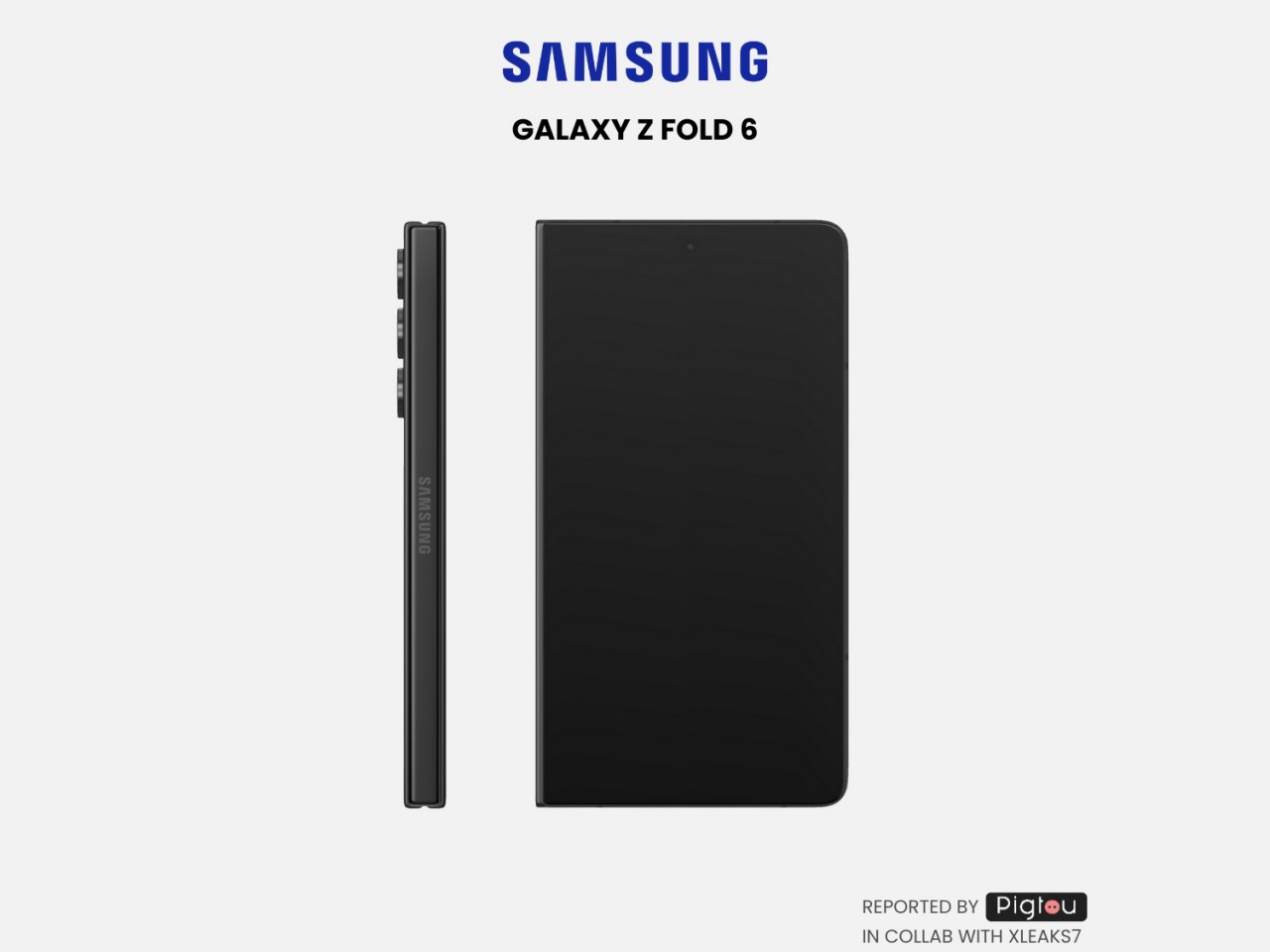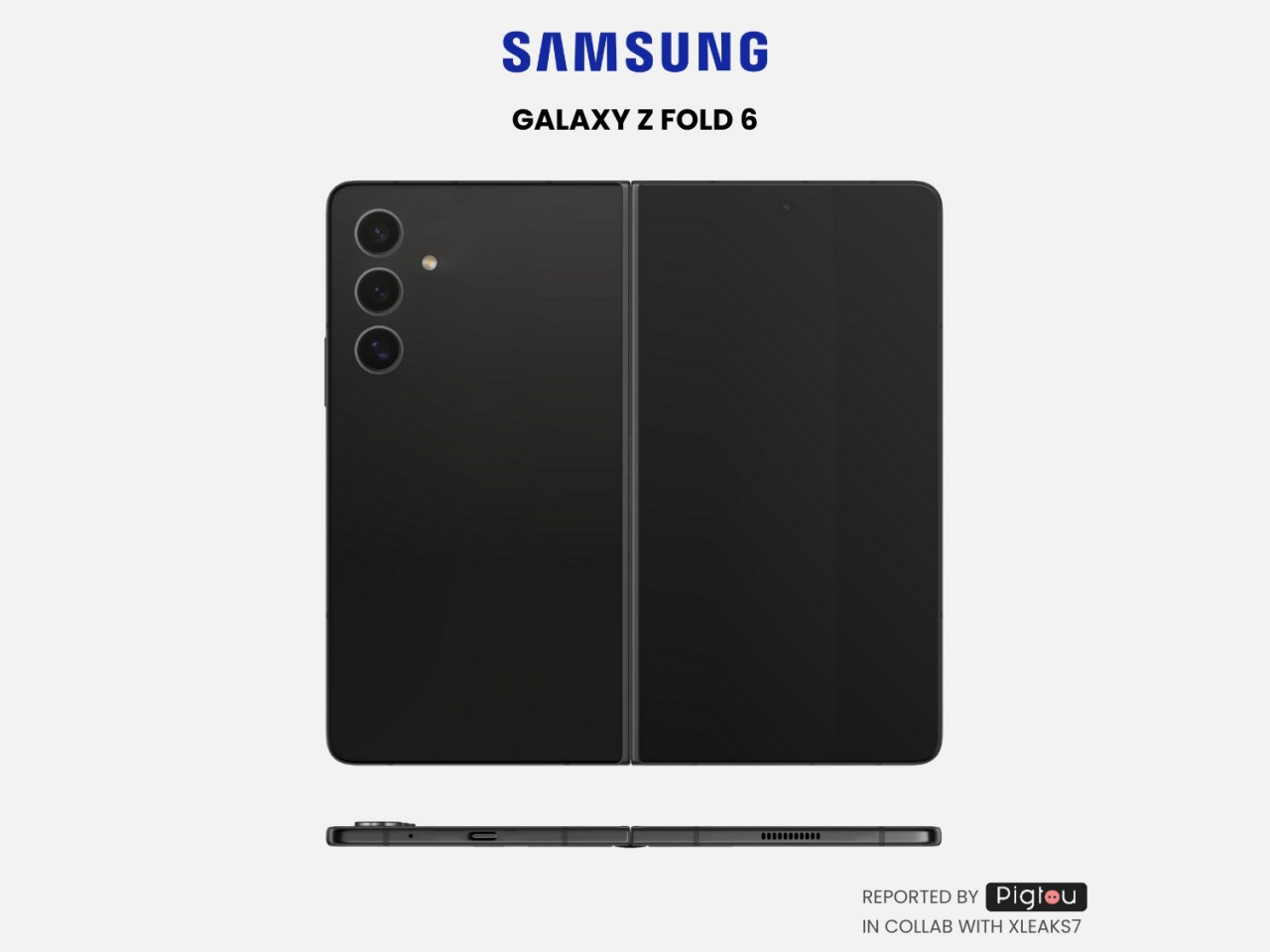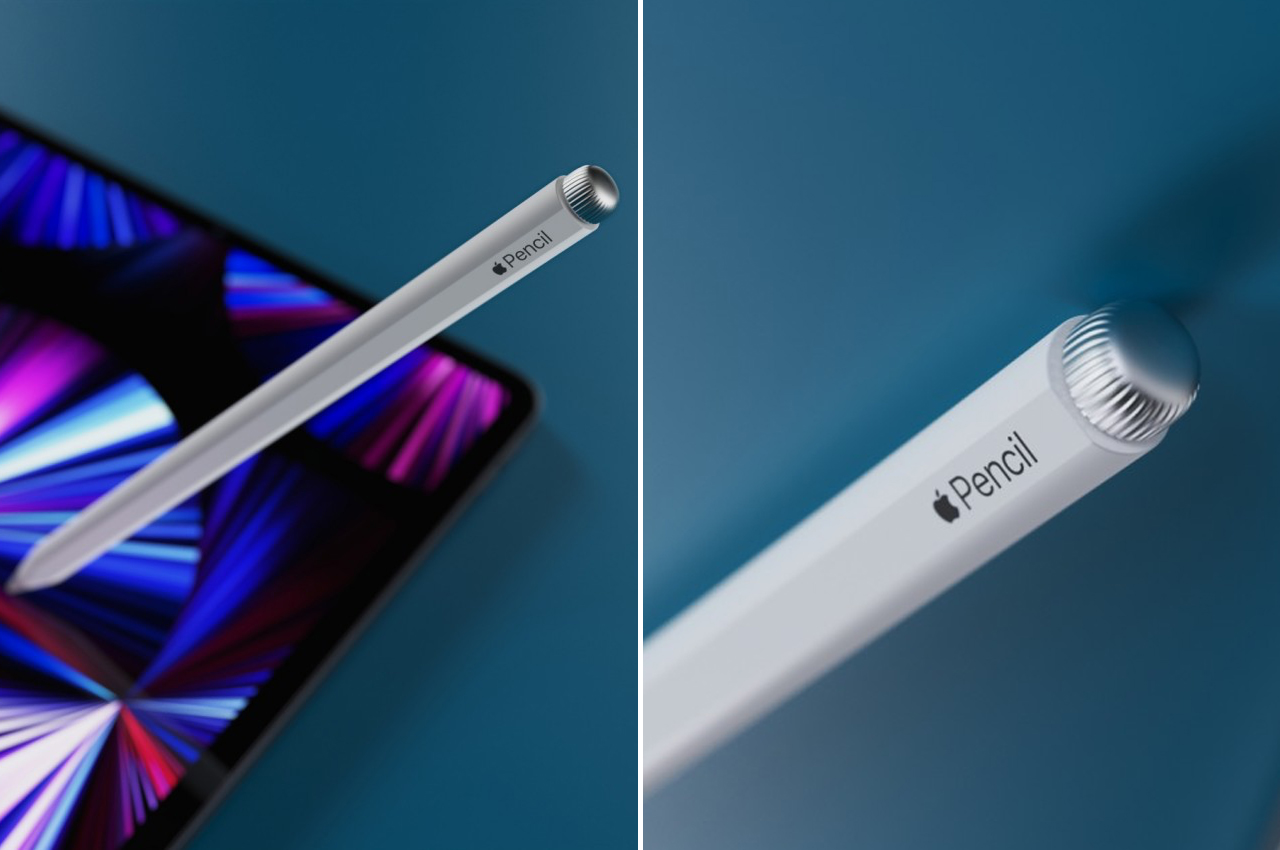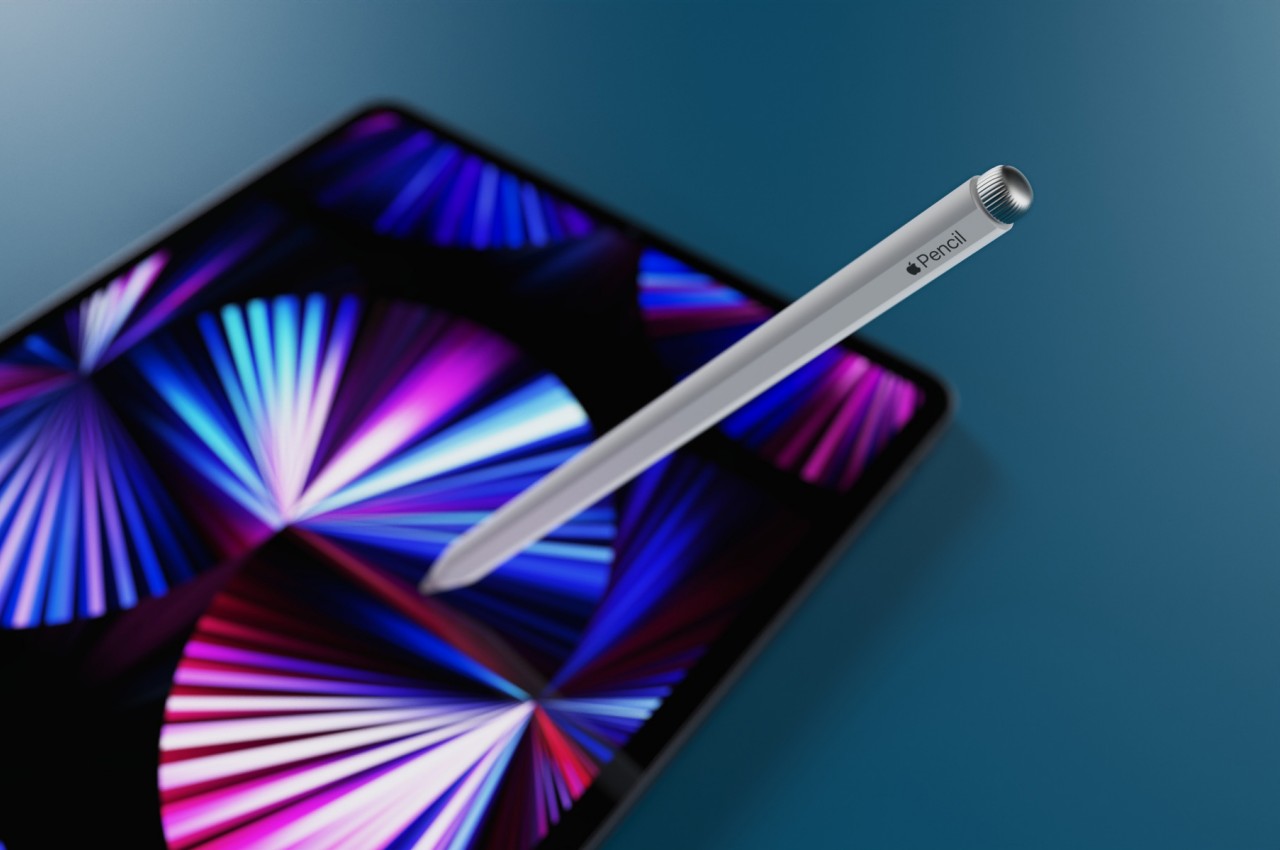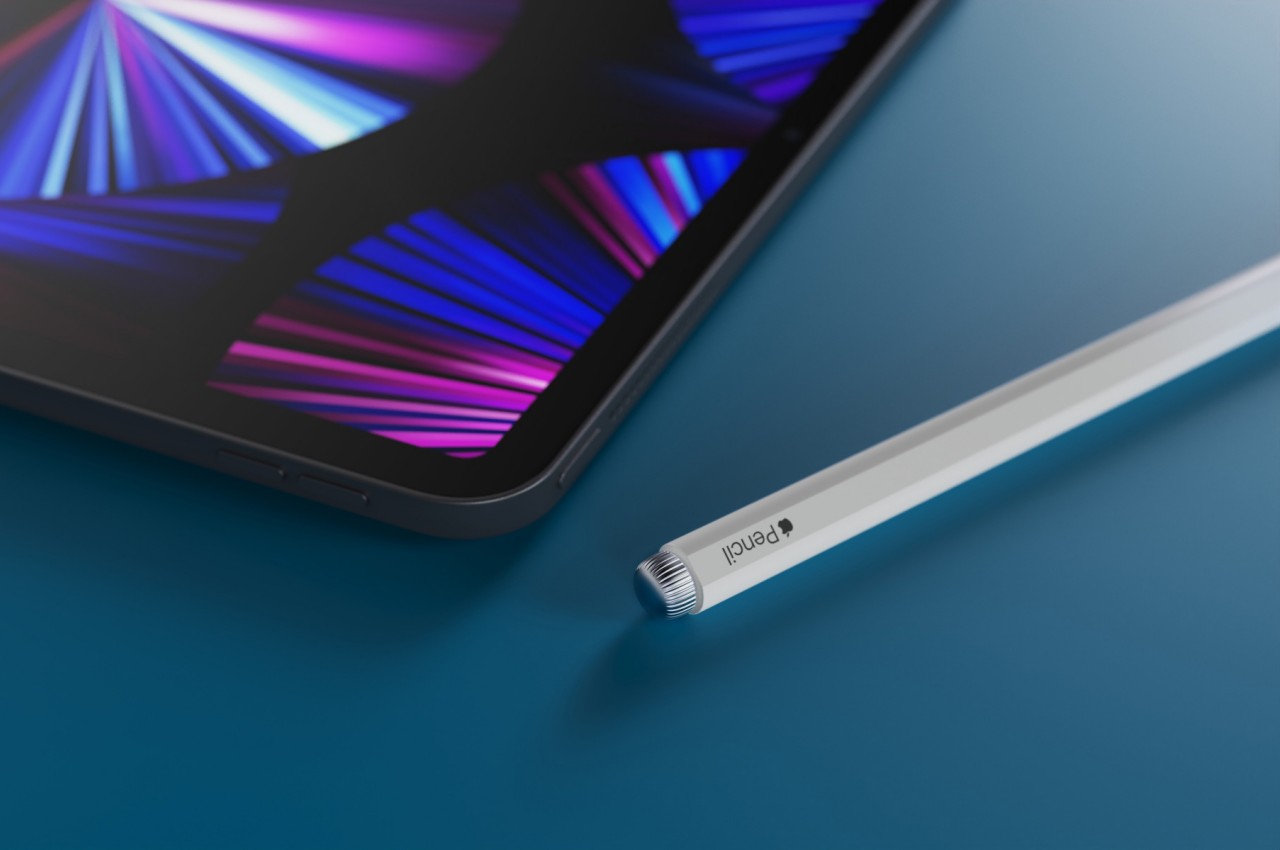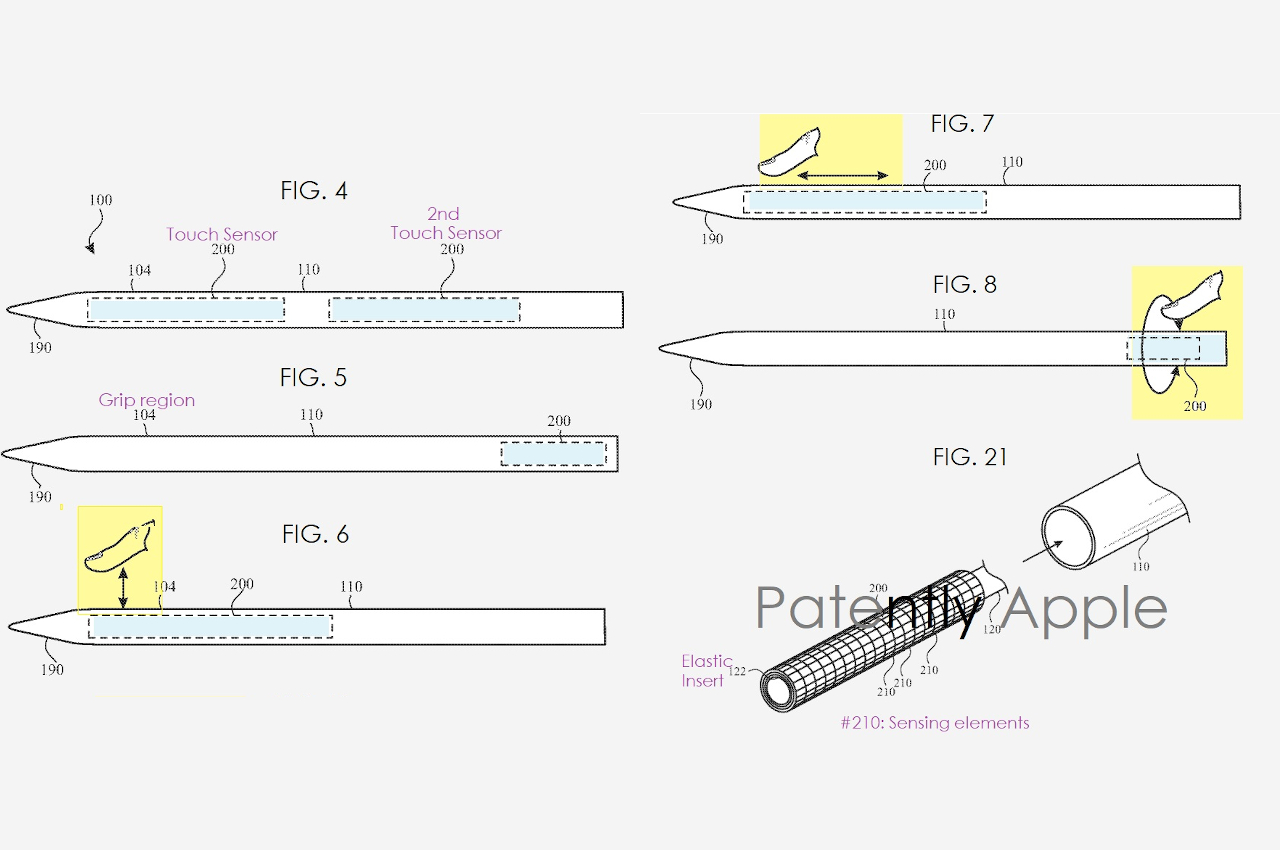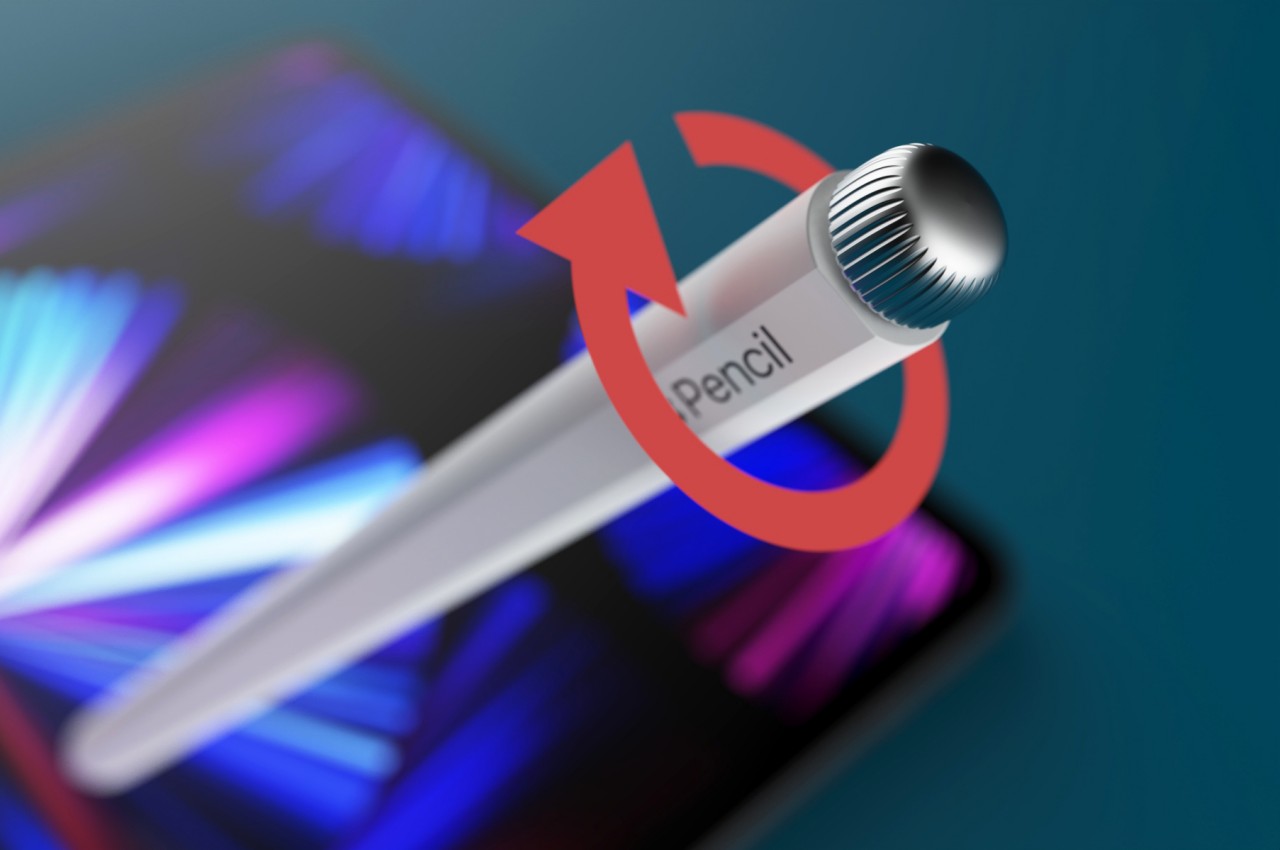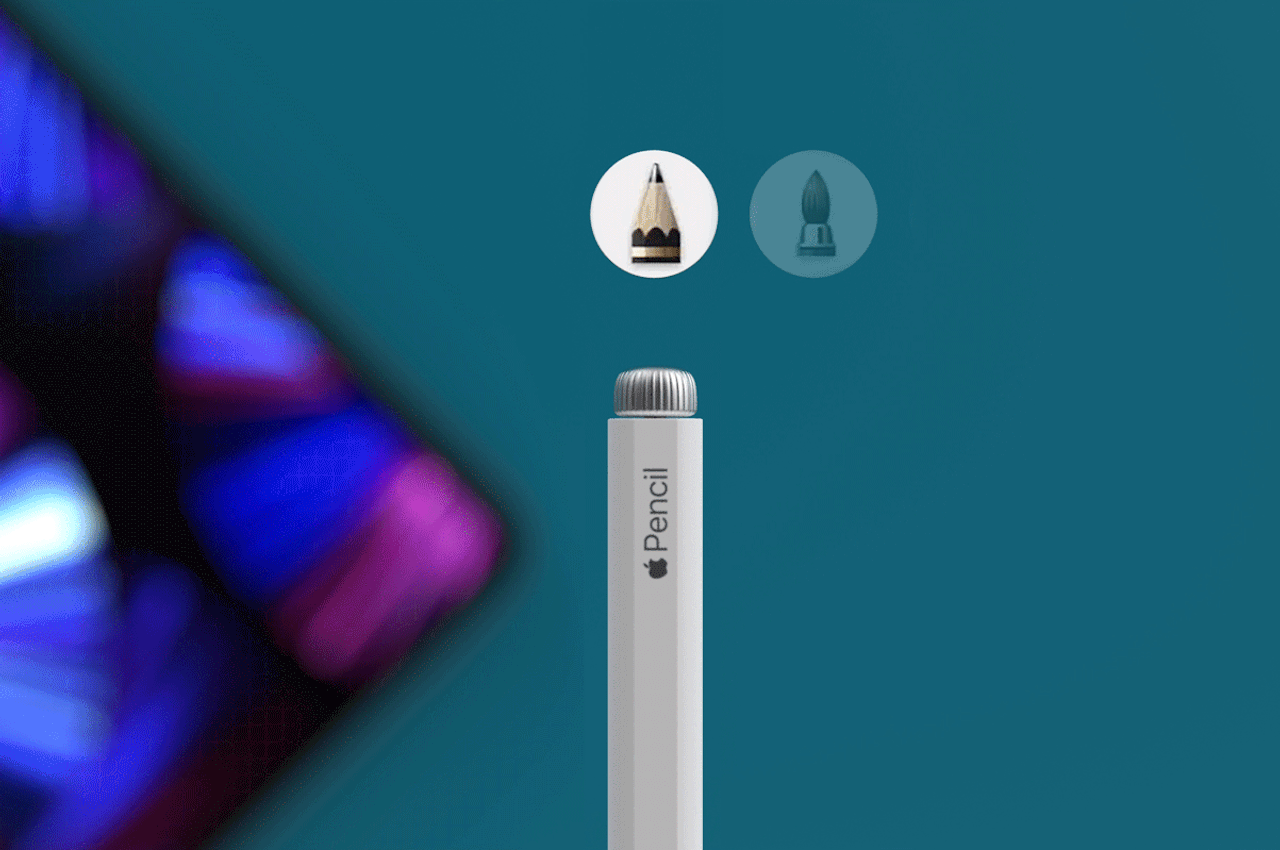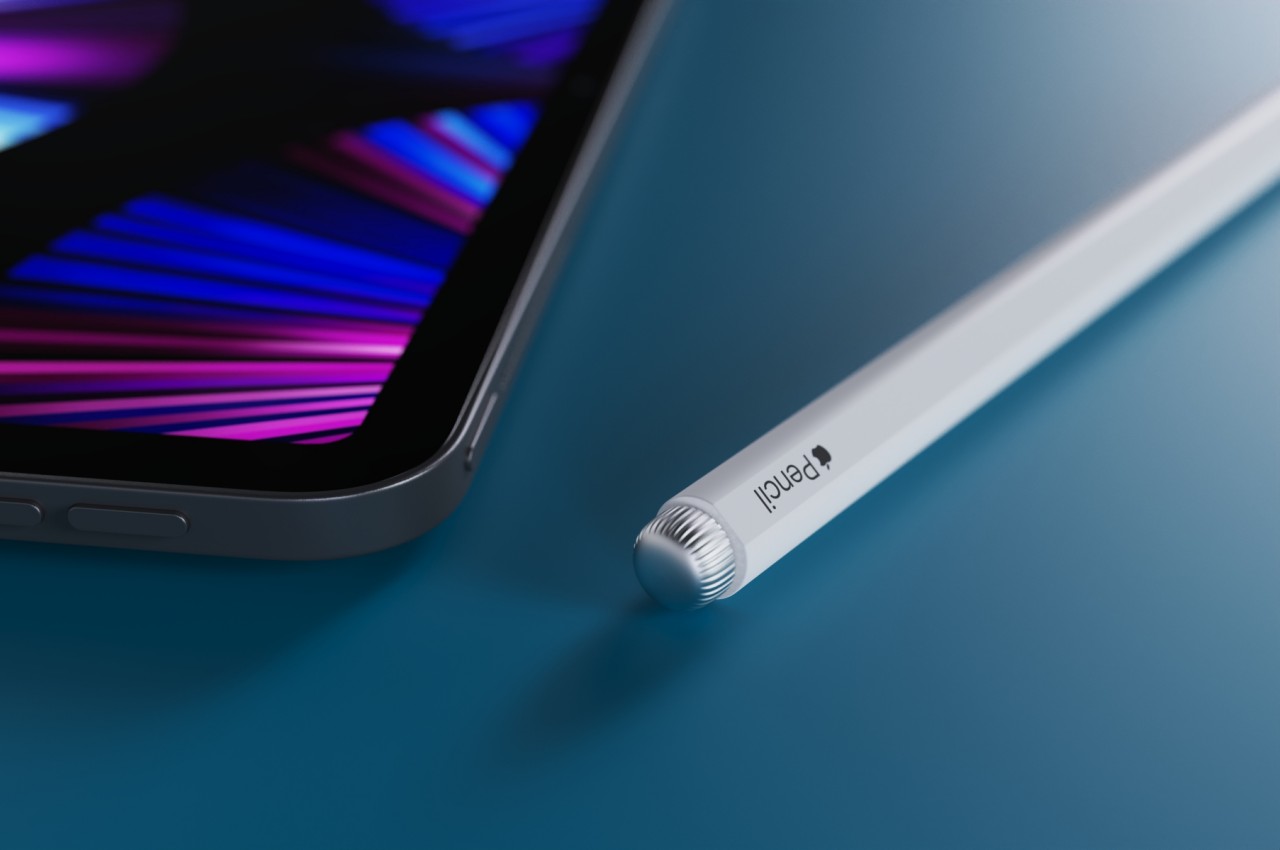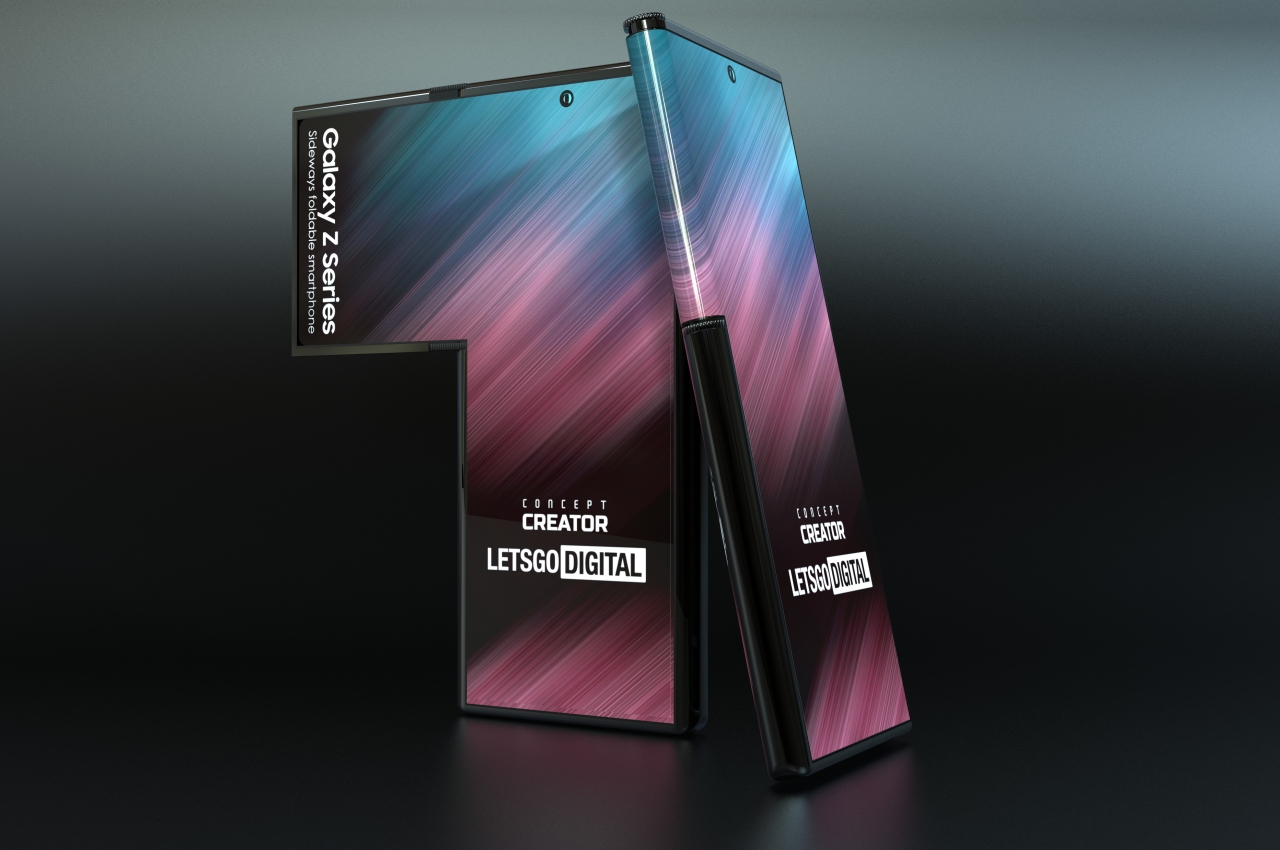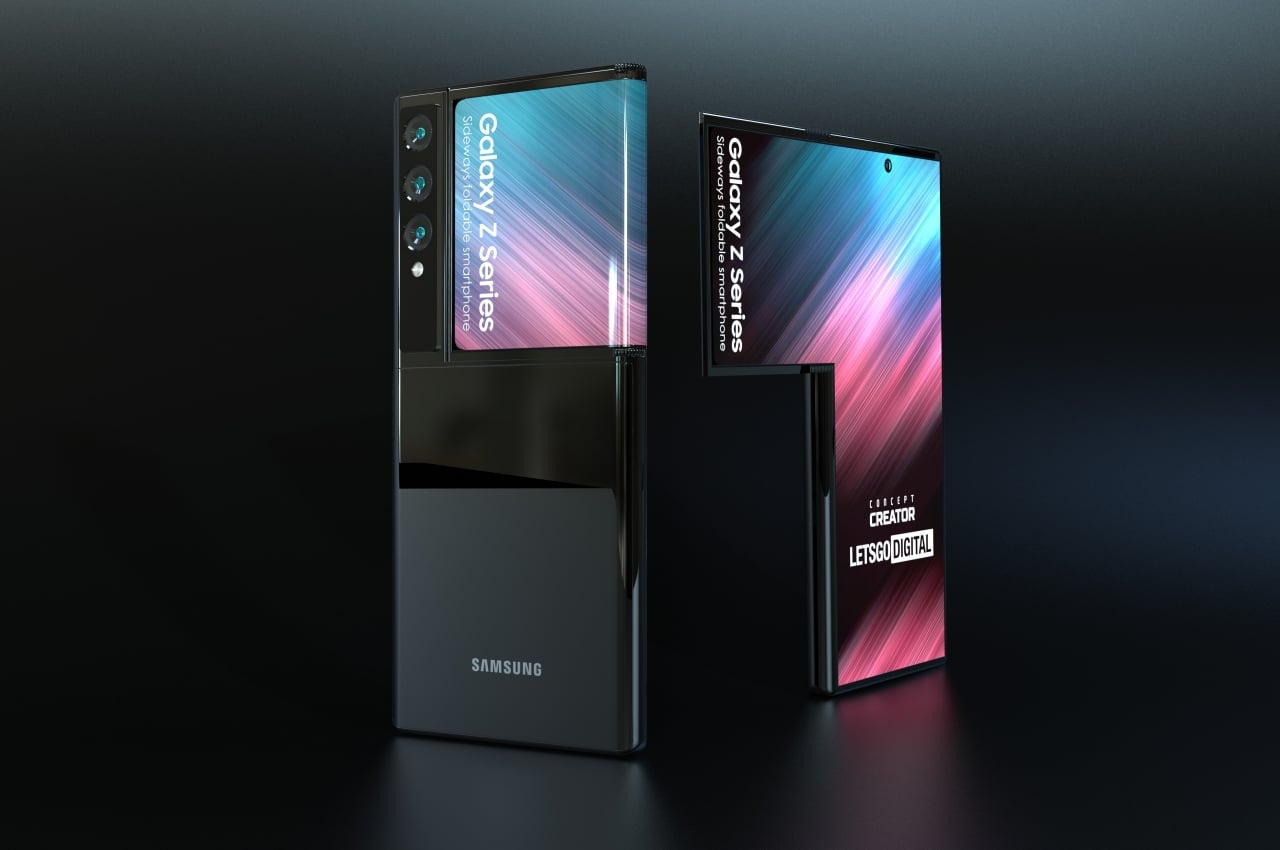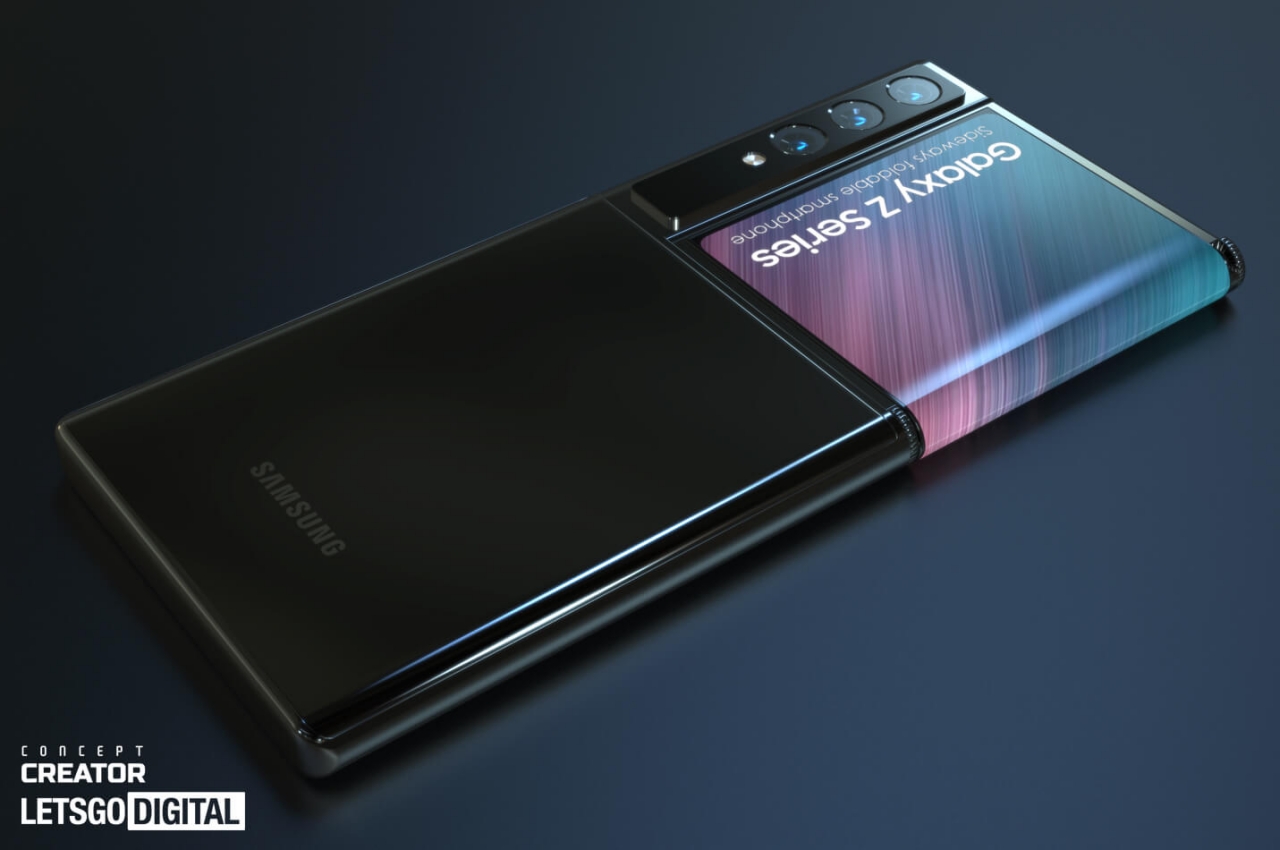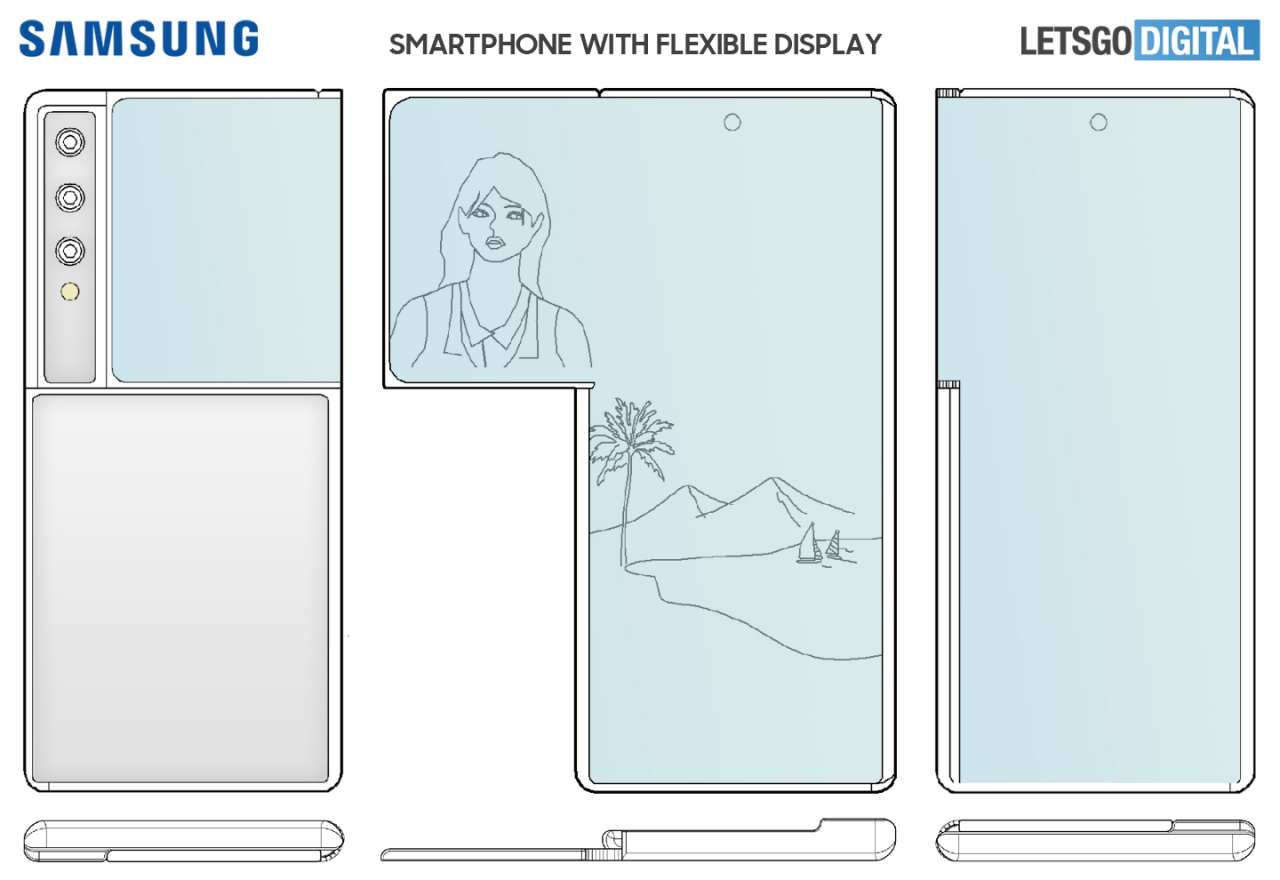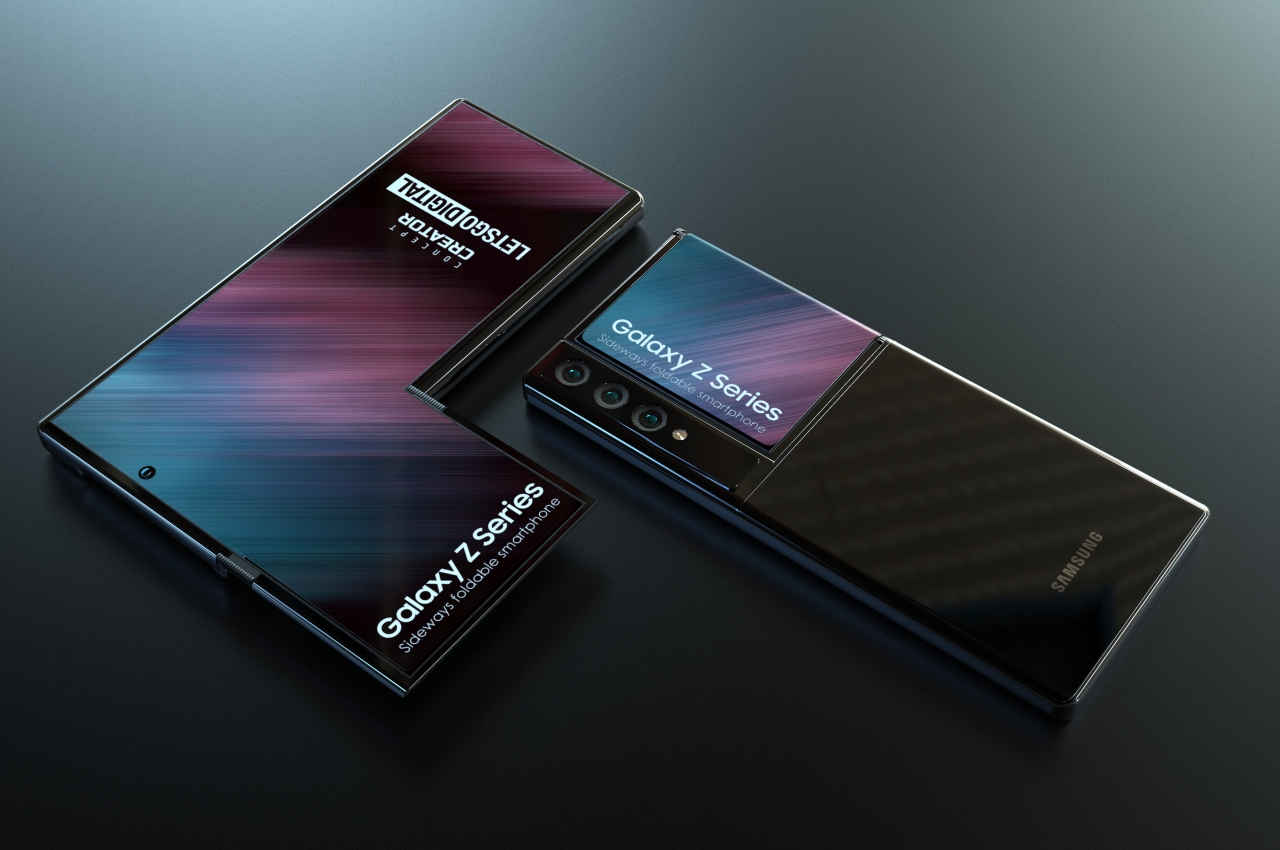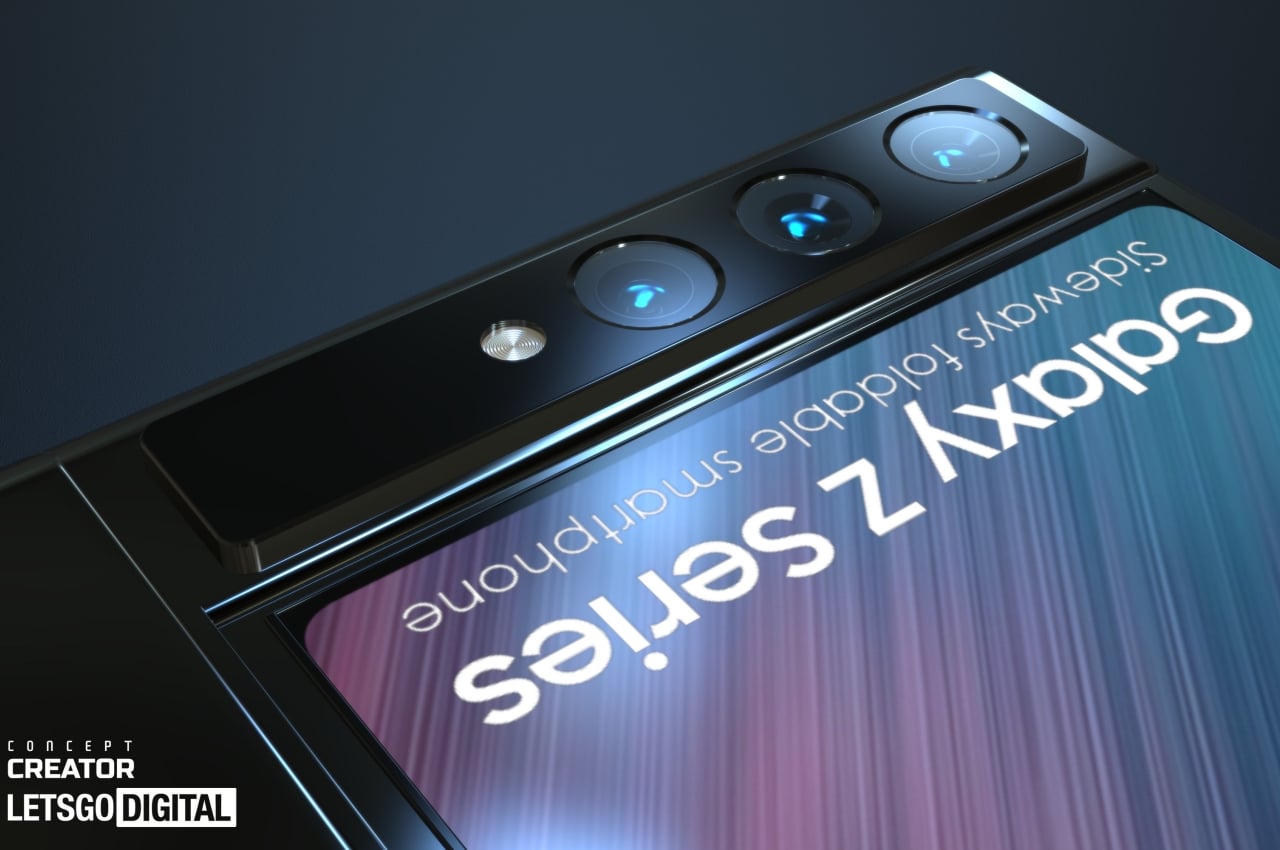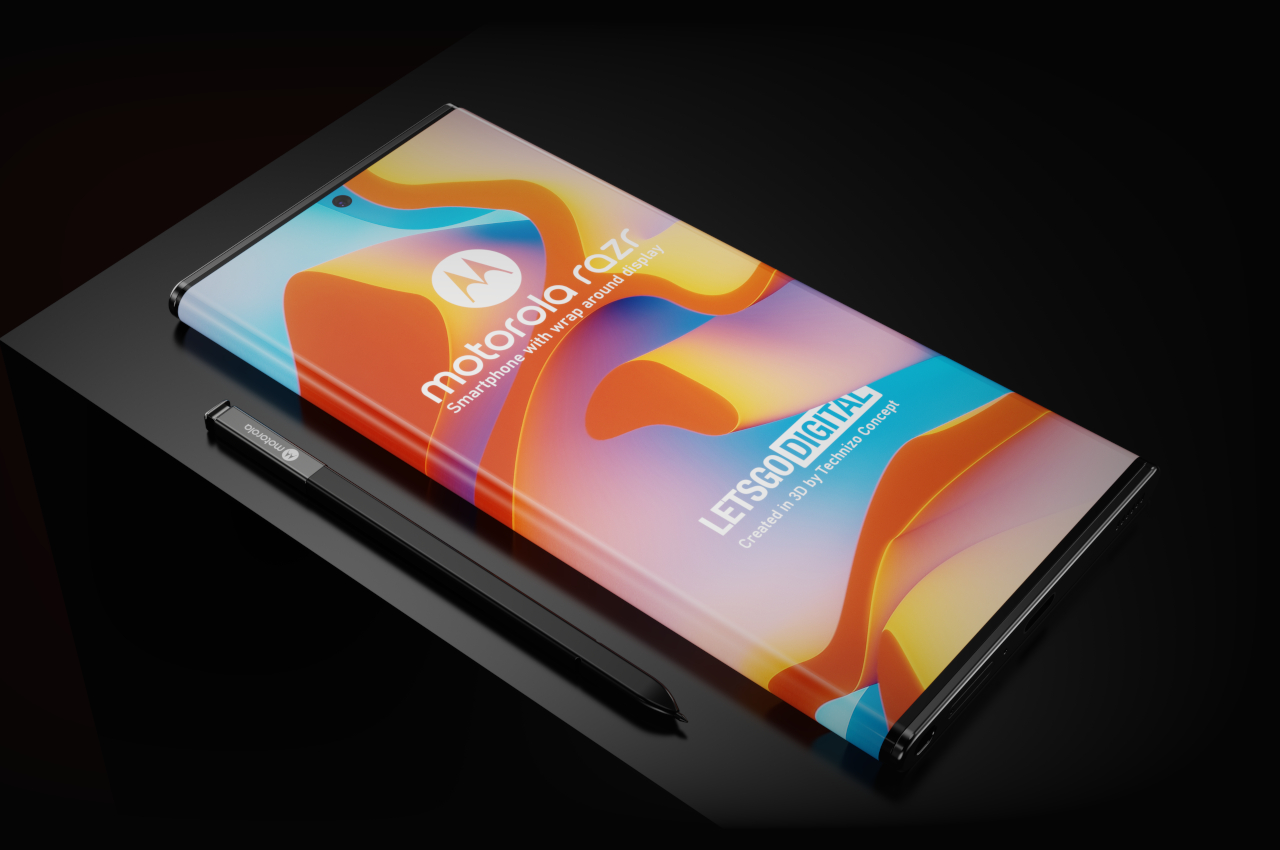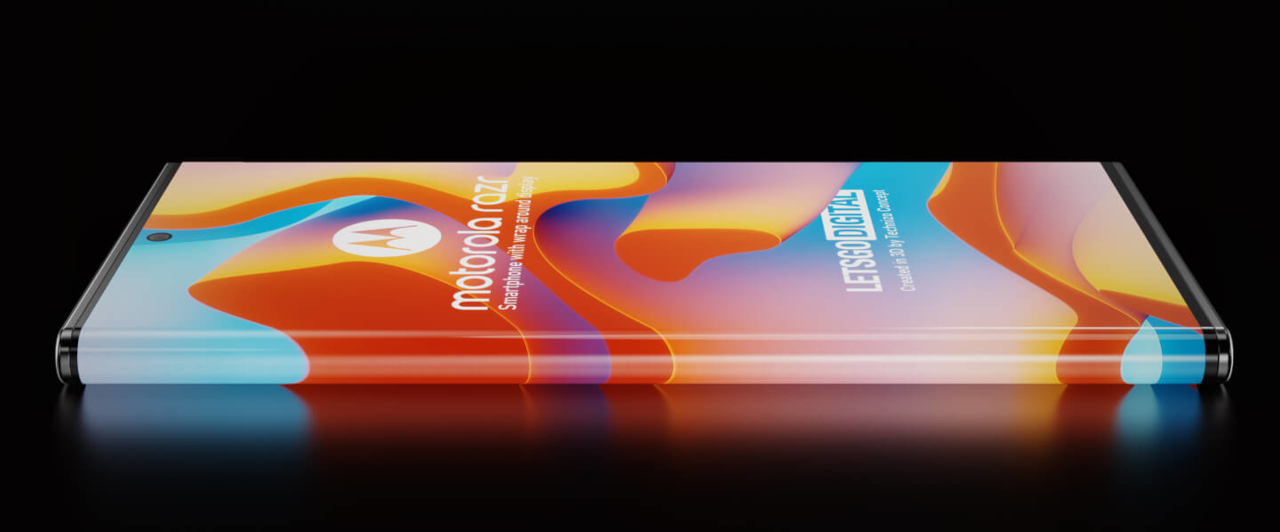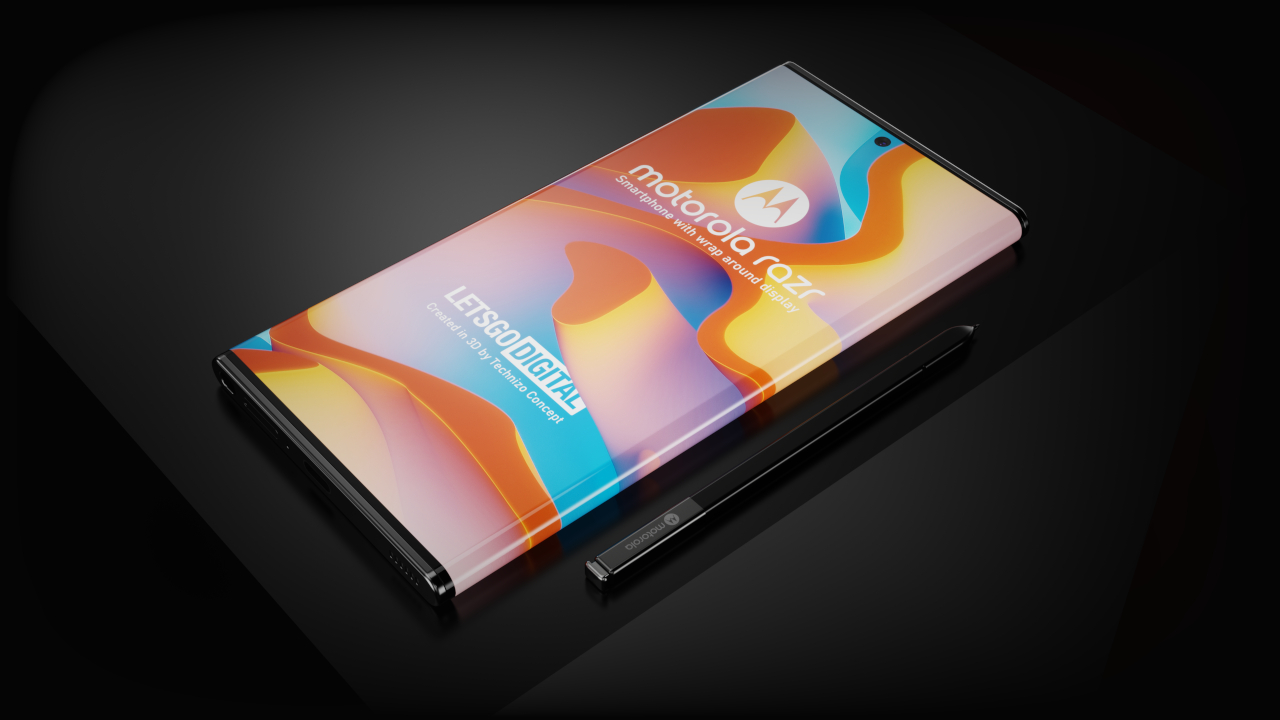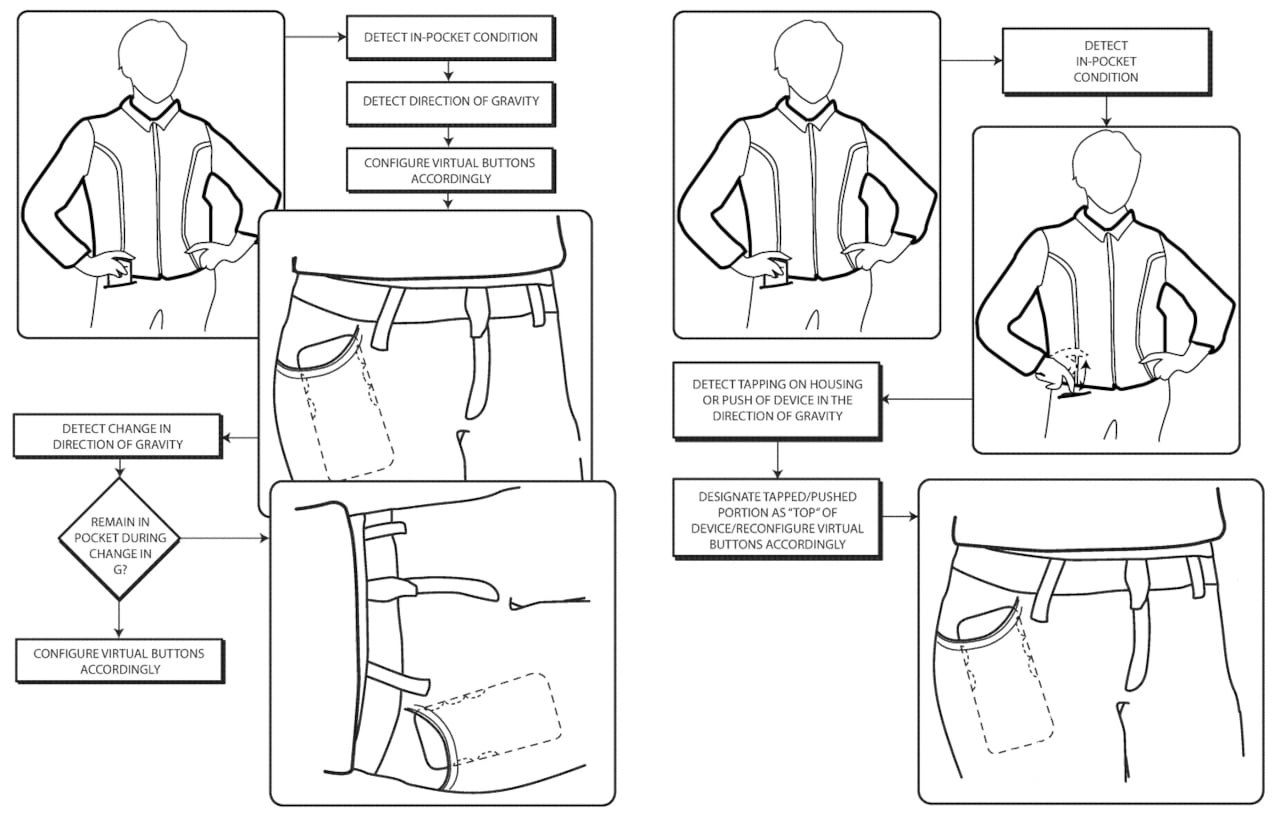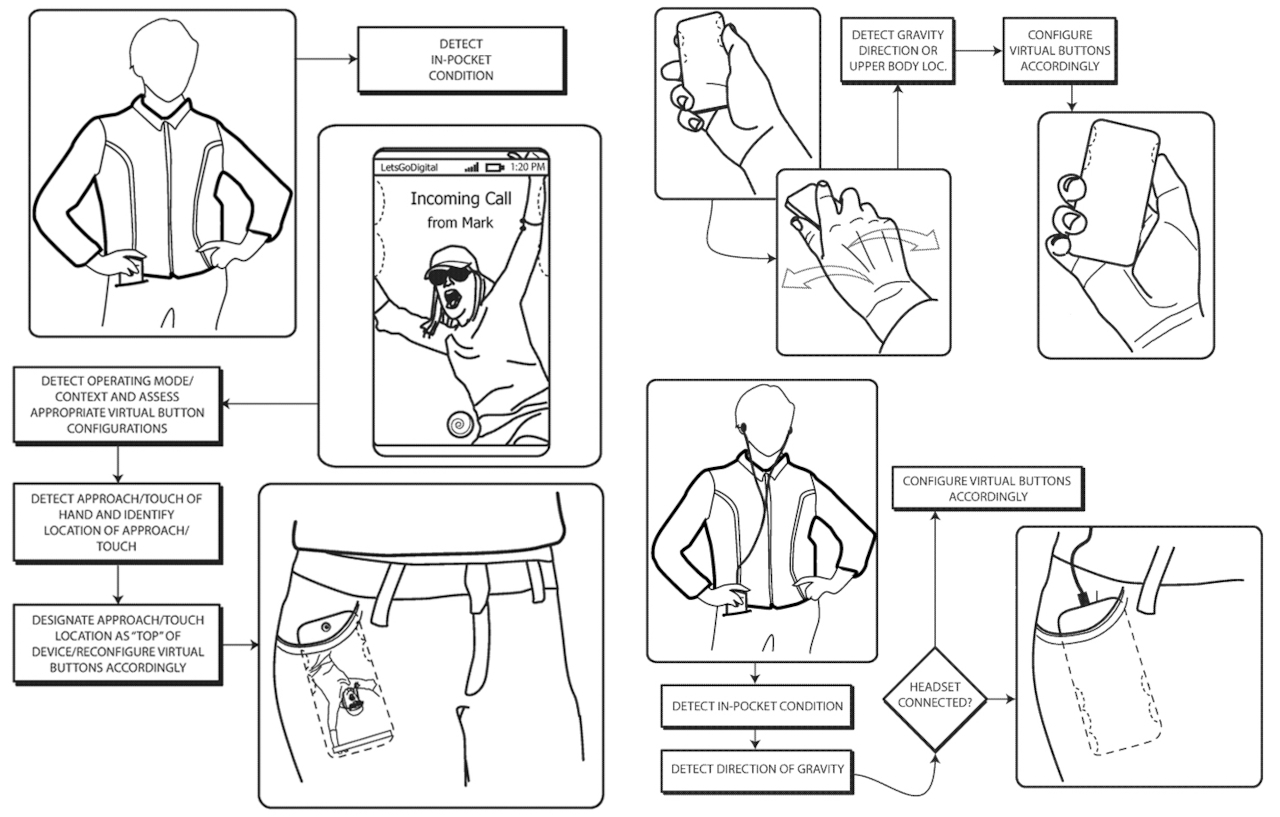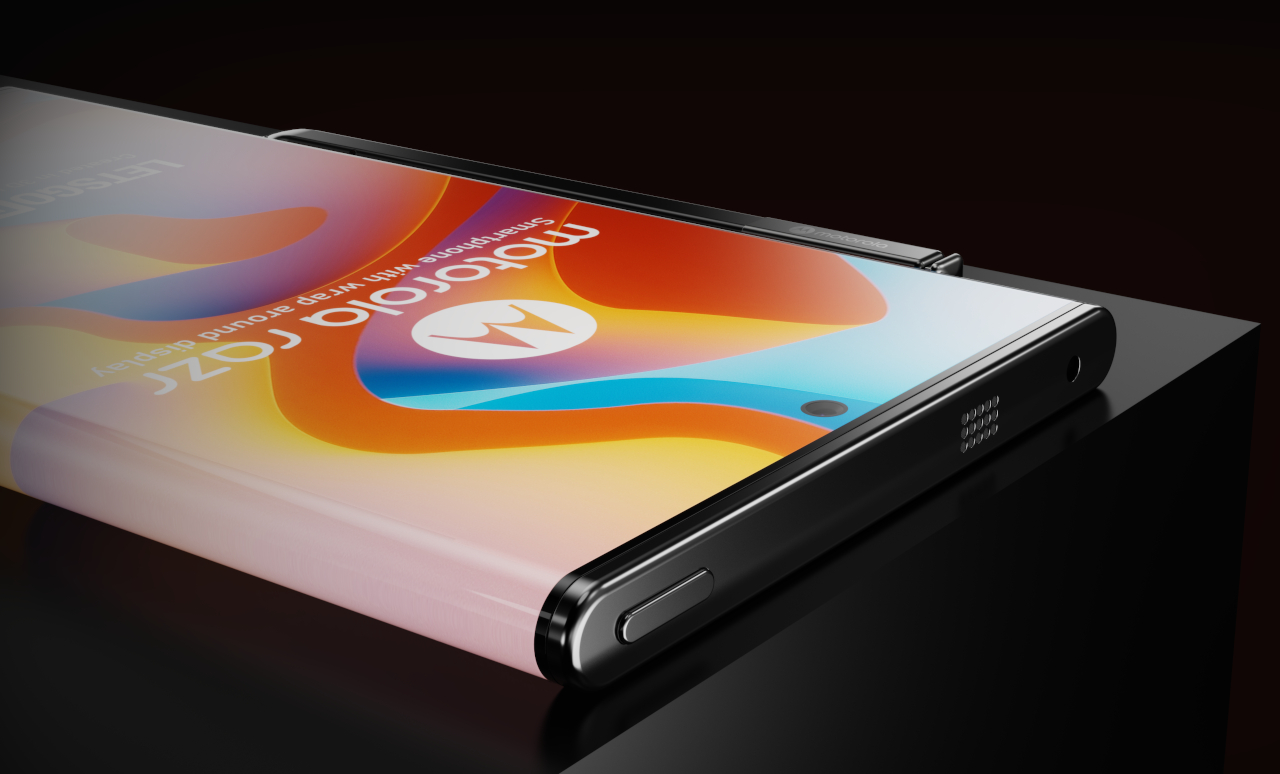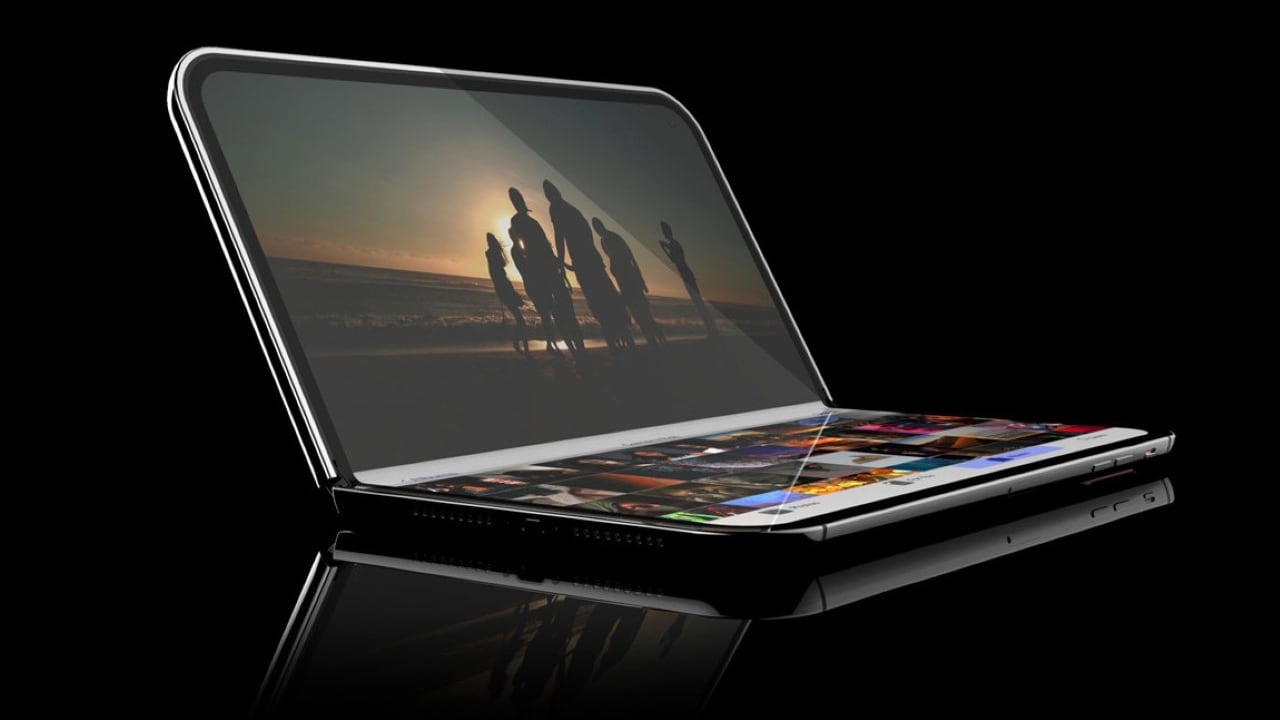
Apple’s latest patent reveals a new hinge mechanism for foldable devices, marking what should be a big improvement in durability and user experience. By strategically positioning the rotational axes above the hinge, Apple effectively minimizes screen stress during folding. This smart design choice will combat premature wear—a longstanding challenge in foldable devices—but also extend the device’s operational lifespan. The inclusion of synchronization gear plates ensures that both halves of the hinge move in perfect harmony, eliminating the risk of uneven folding that can damage the screen and compromise the device’s stability.
Designer: Apple
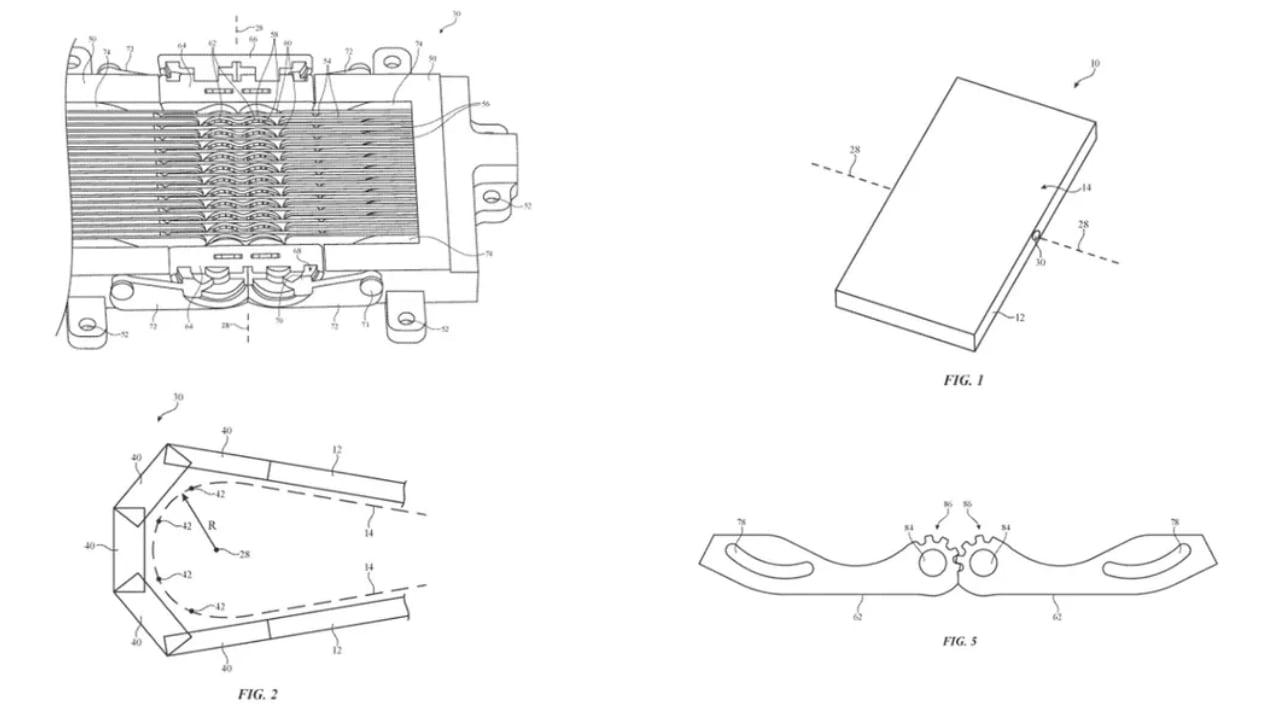
Image credit: USPTO
Additionally, Apple has innovated by introducing asymmetric friction clips within the hinge mechanism. These clips adjust the resistance based on whether the device is being opened or closed, increasing resistance when unfolding to prevent abrupt opening and decreasing it when folding to facilitate a smooth closure. This feature significantly enhances the tactile feedback during use, offering a seamless interaction that contributes to the overall mechanical integrity and user satisfaction.
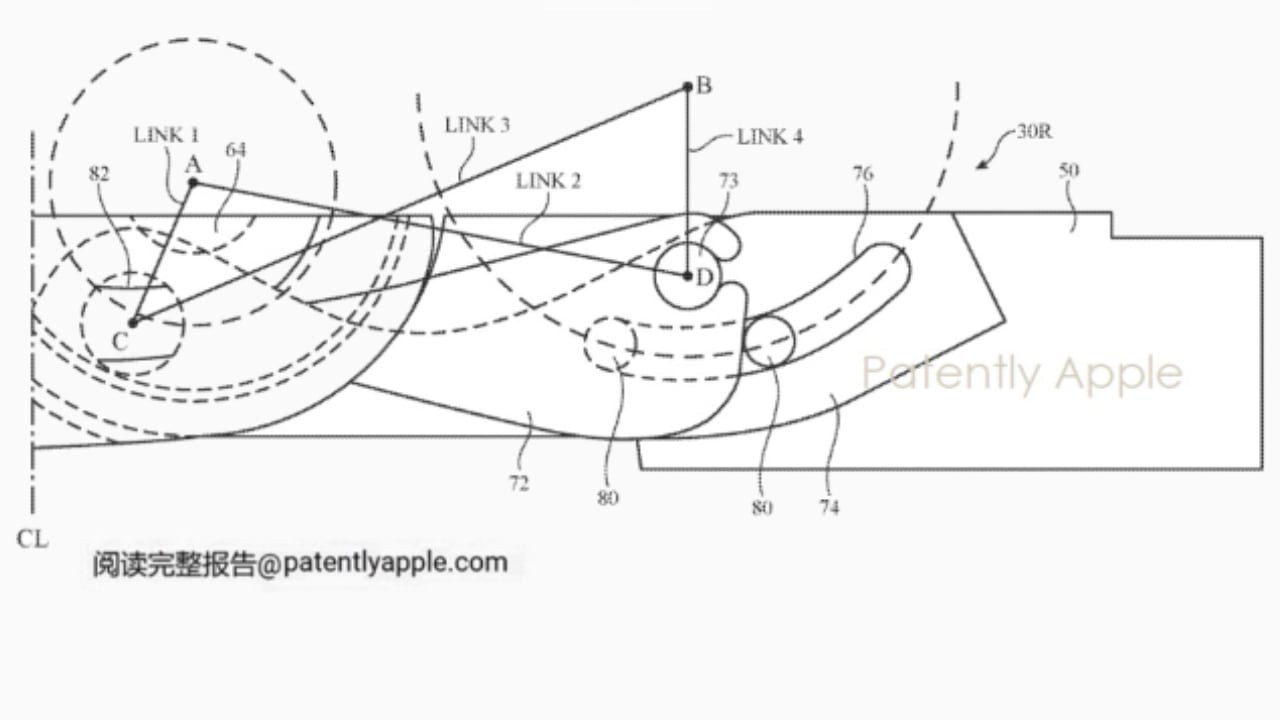
Image credit: patentlyapple.com
Looking ahead to the potential mass production of a hybrid foldable iPad-MacBook in 2027, as highlighted by Apple analyst Ming-Chi Kuo, it’s evident that these hinge innovations could play a crucial role. The synchronization gear plates and asymmetric friction clips are likely key features that enhance the durability and usability of this new device. This technology is expected to give Apple a competitive edge in the foldable device market, which I also imagine improves daily user interactions by making the device more reliable and easier to handle.
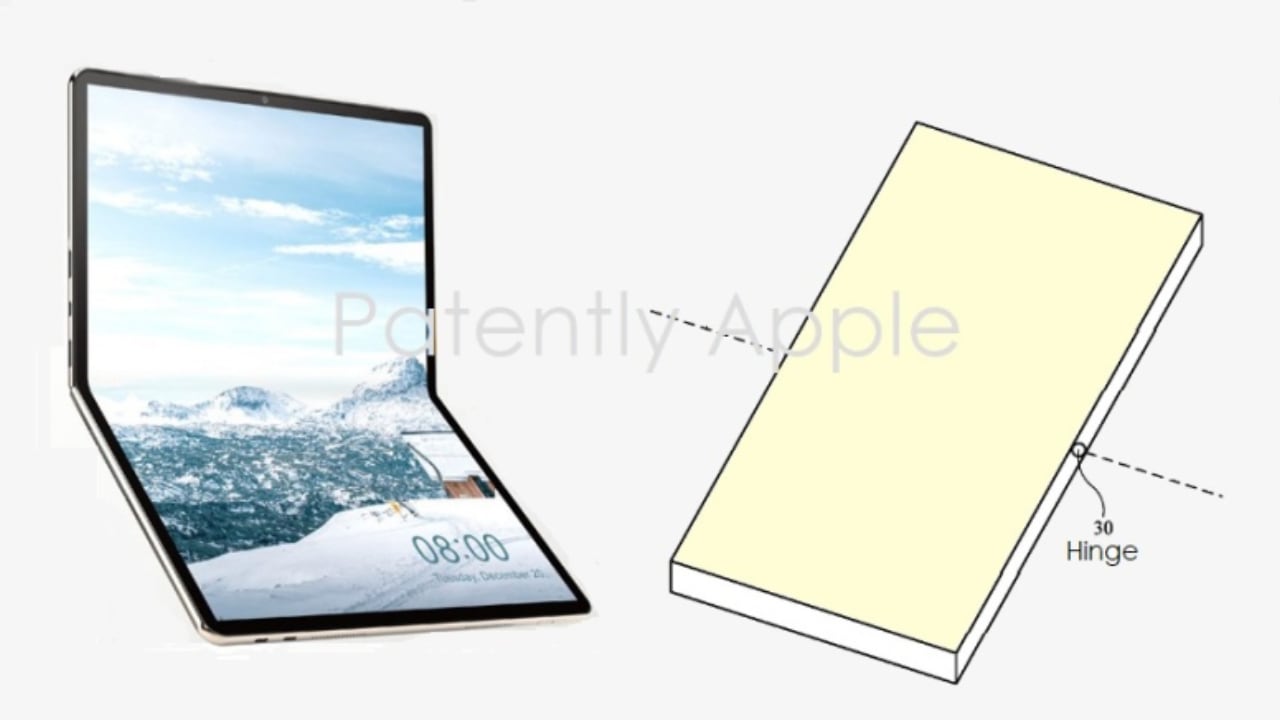
Image credit: patentlyapple.com
In comparing Apple’s hinge technology with competitors like Honor and Xiaomi, distinct differences emerge. Honor’s “Falcon Hinge,” used in their Magic series, offers robust support for multiple folding angles and aims for a sleek, gapless design that protects the screen while enhancing the device’s aesthetic appeal. Xiaomi, on the other hand, employs a “dual-hinge” design in devices like the Mi Mix Fold, which allows for complex folding actions such as inward and outward folds, providing users with exceptional flexibility. Both companies focus on structural integrity and adaptability but approach the hinge design from different angles, with Xiaomi also emphasizing precision manufacturing to maintain a slim profile without sacrificing durability.
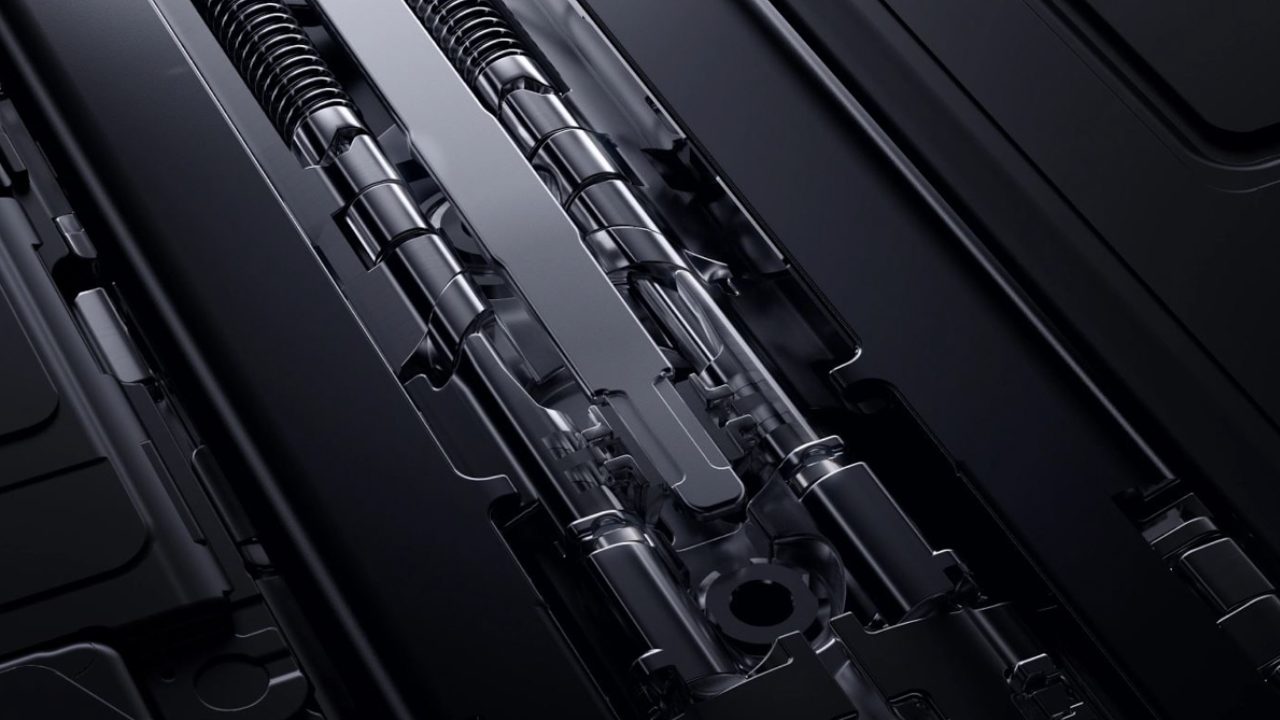
Image Credit: Honor Magic v2 hinge
Apple’s approach, however, integrates advanced stress management techniques and user-centric features more assertively. Positioning the rotational axes above the hinge significantly reduces direct strain on the screen, enhancing the device’s longevity. Furthermore, the use of asymmetric friction clips provides nuanced control over the device’s folding mechanics, likely delivering a superior tactile experience when opening and closing the device compared to the more conventional mechanisms used by Honor and Xiaomi.
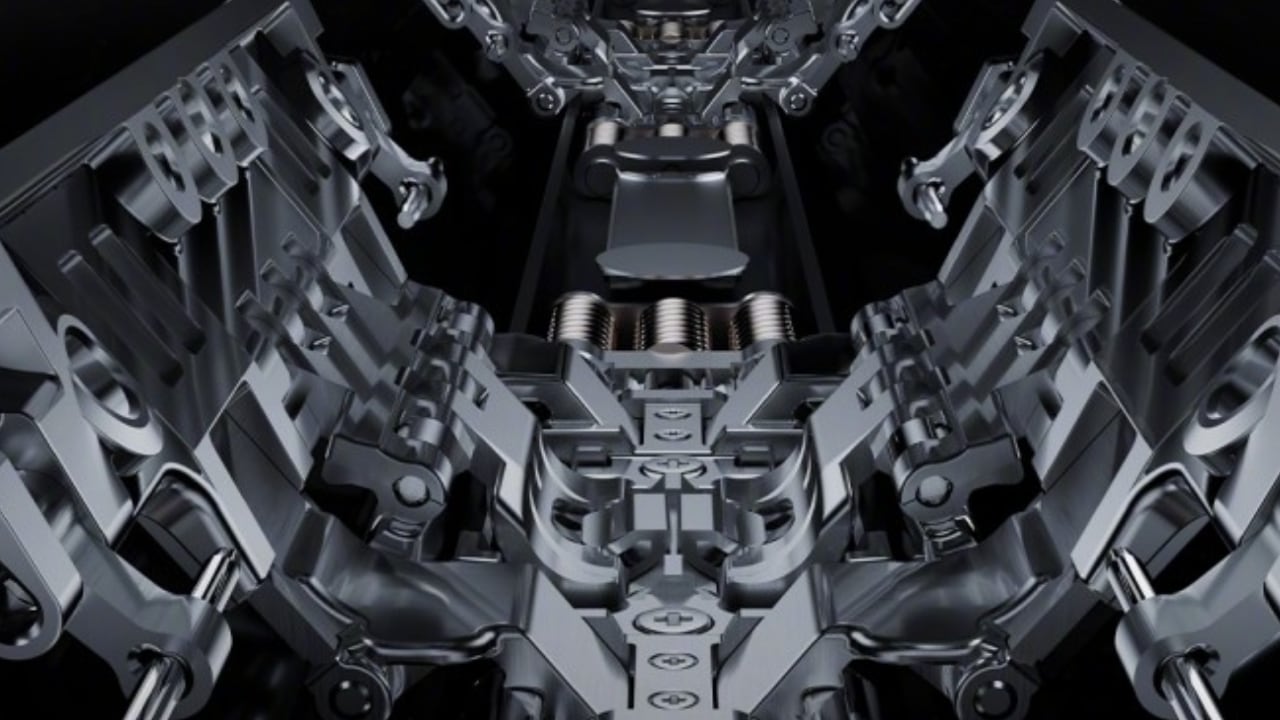
Image Credit: Xiaomi Mix Fold 3
Overall, Apple’s hinge technology showcases a minimalist and functional design in hopes of setting new standards for durability and user experience in the foldable device industry. This progressive approach highlights Apple’s dedication to innovation. It showcases their potential to shape future technology trends, possibly revolutionizing the design and usage of foldable devices across the industry and promoting their widespread adoption by consumers.
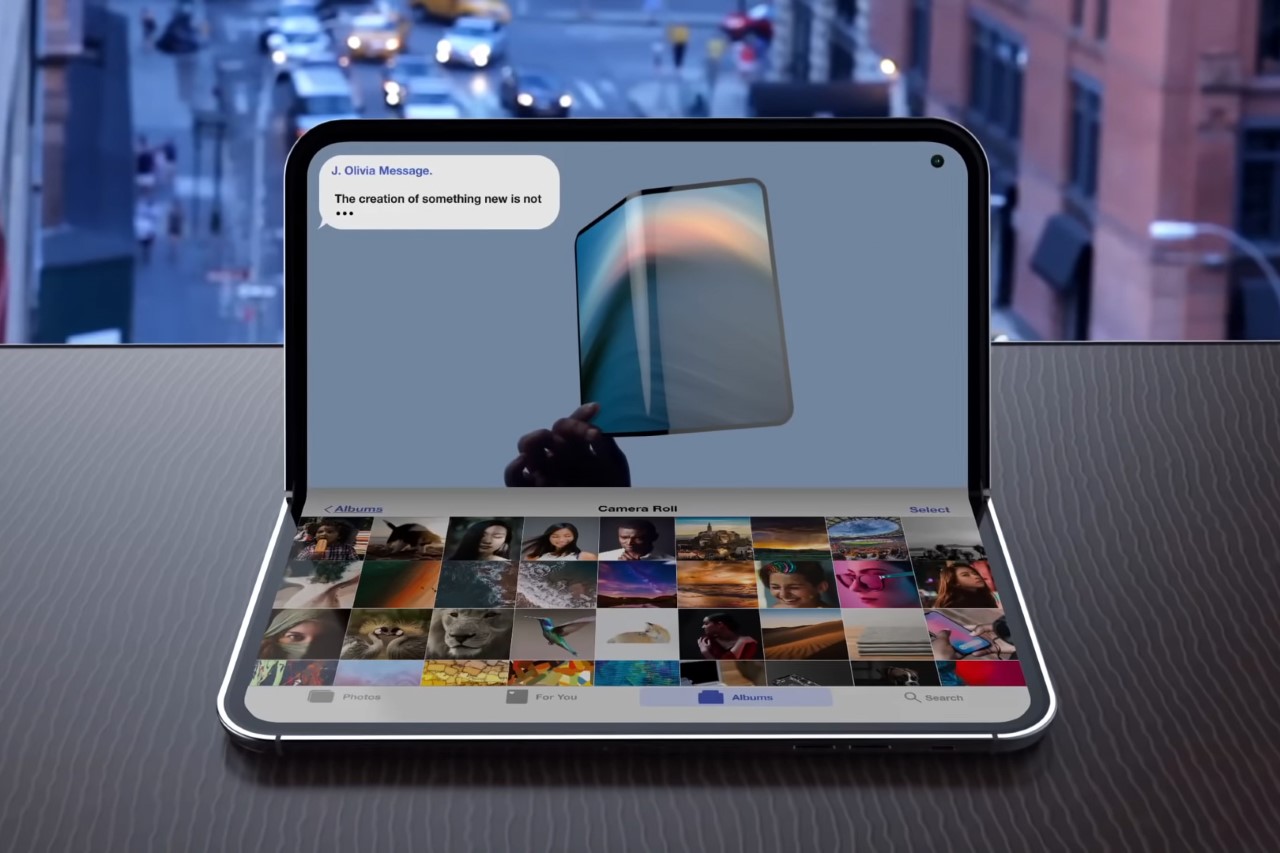
The next big Apple event, “Let Loose,” is scheduled for May 7th. This event is expected to focus on a new OLED iPad Pro, rather than showcasing any new foldable technology. However, Apple has additional events planned for the summer, including WWDC 2024 and possibly an iPhone event in September. It seems that we’ll still have to wait a while before seeing a foldable iPhone or other folding devices from Apple, even as the company is securing crucial patents in this area.
The post Apple Secures Patents for Future Foldable iPhone and iPad first appeared on Yanko Design.
